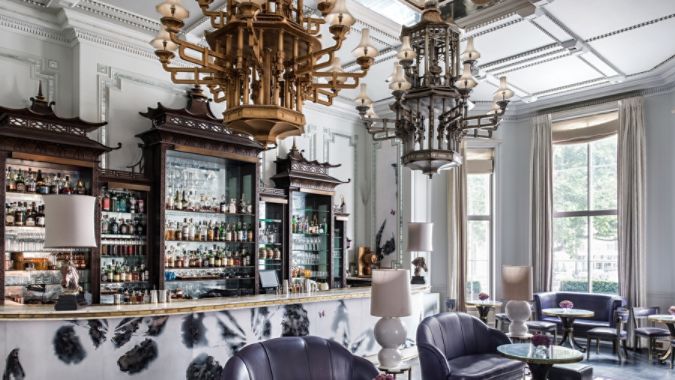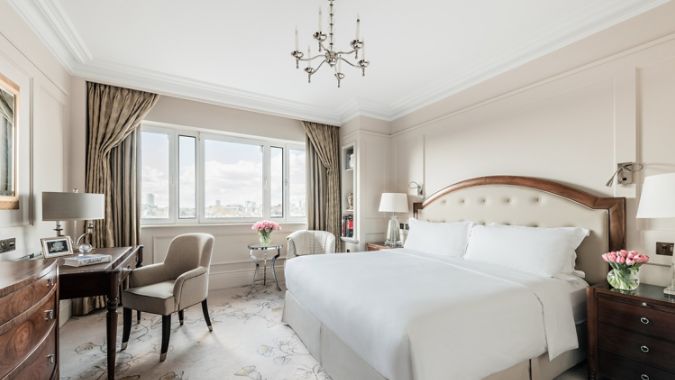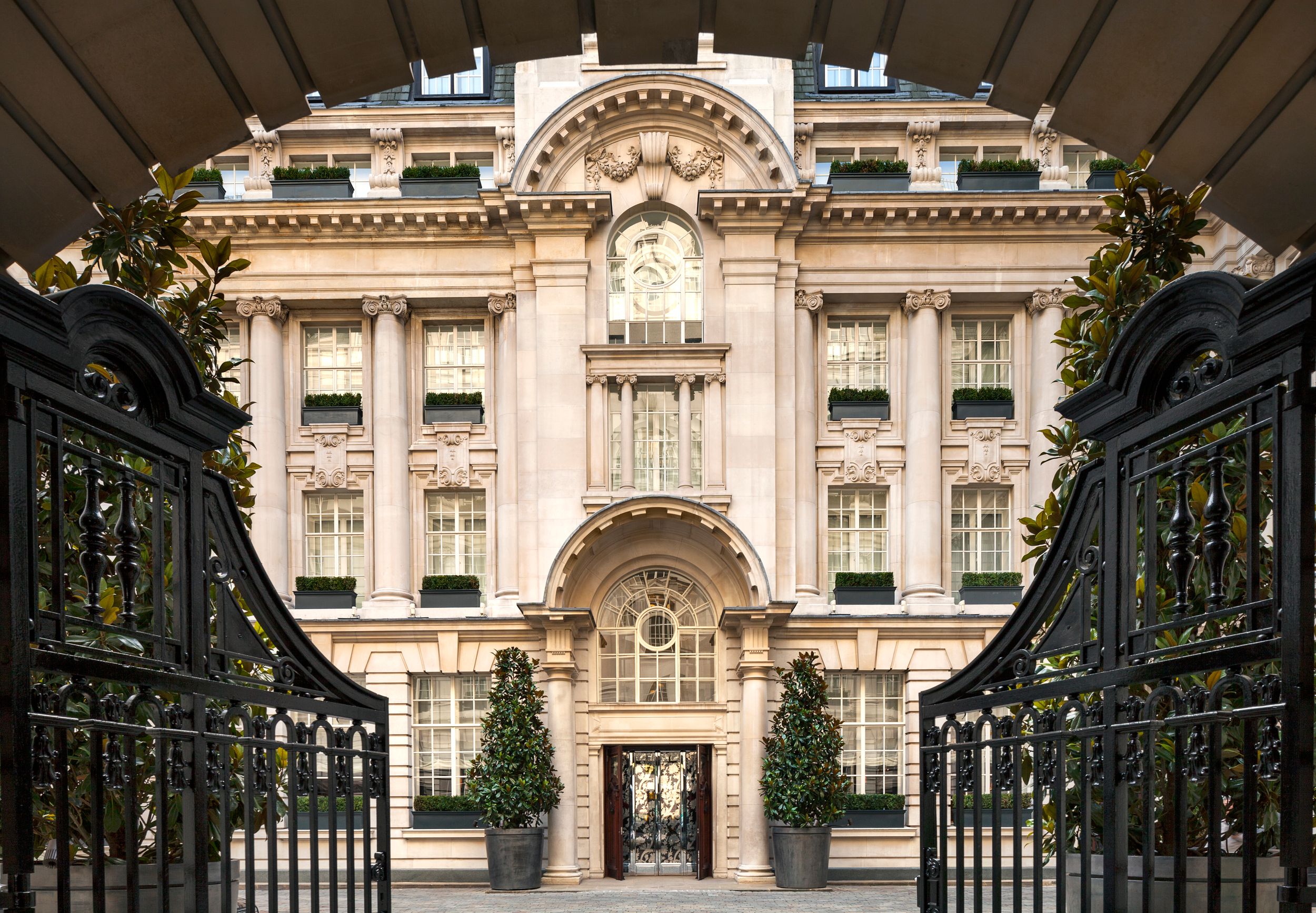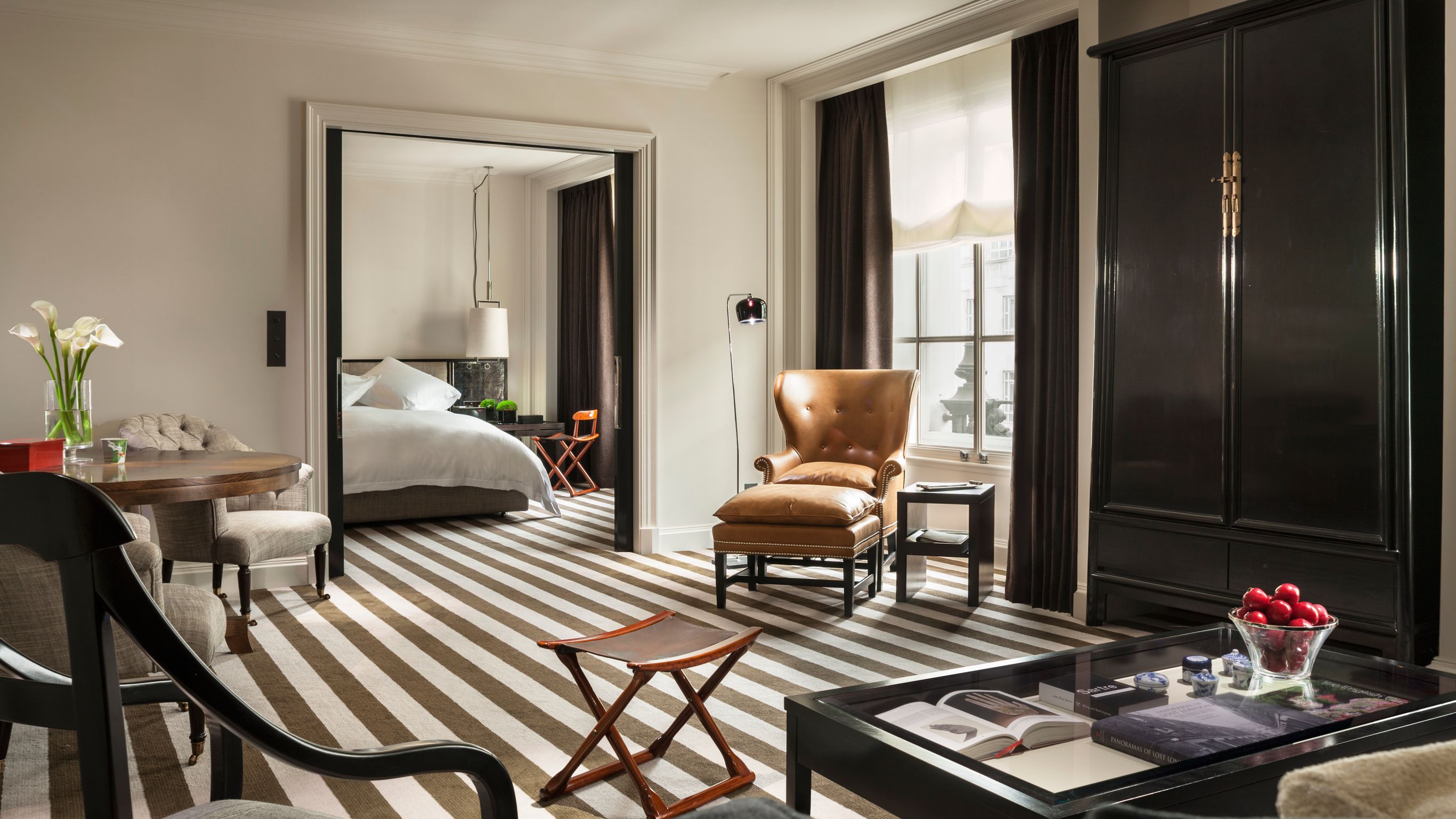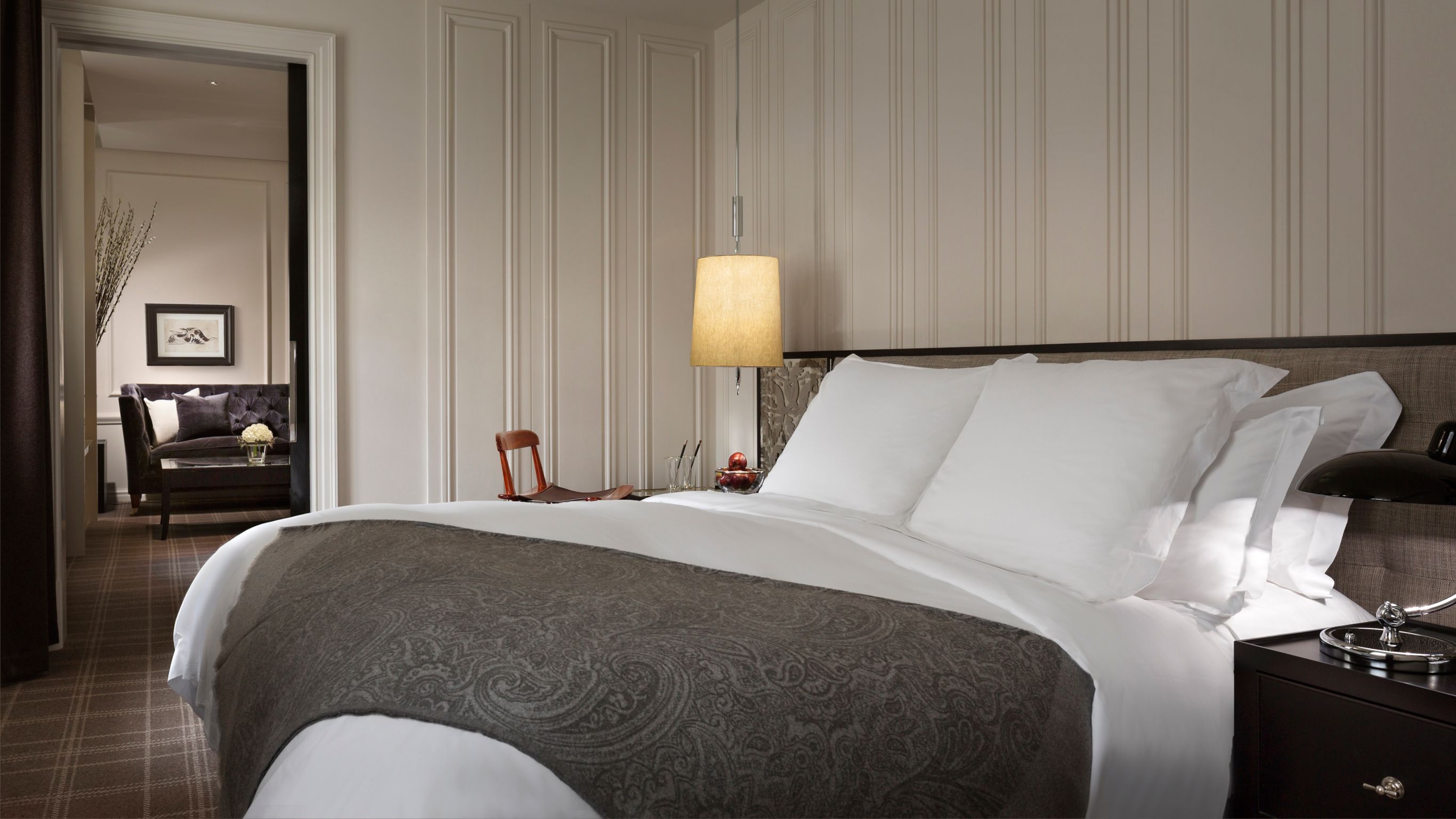-
The Ritz London
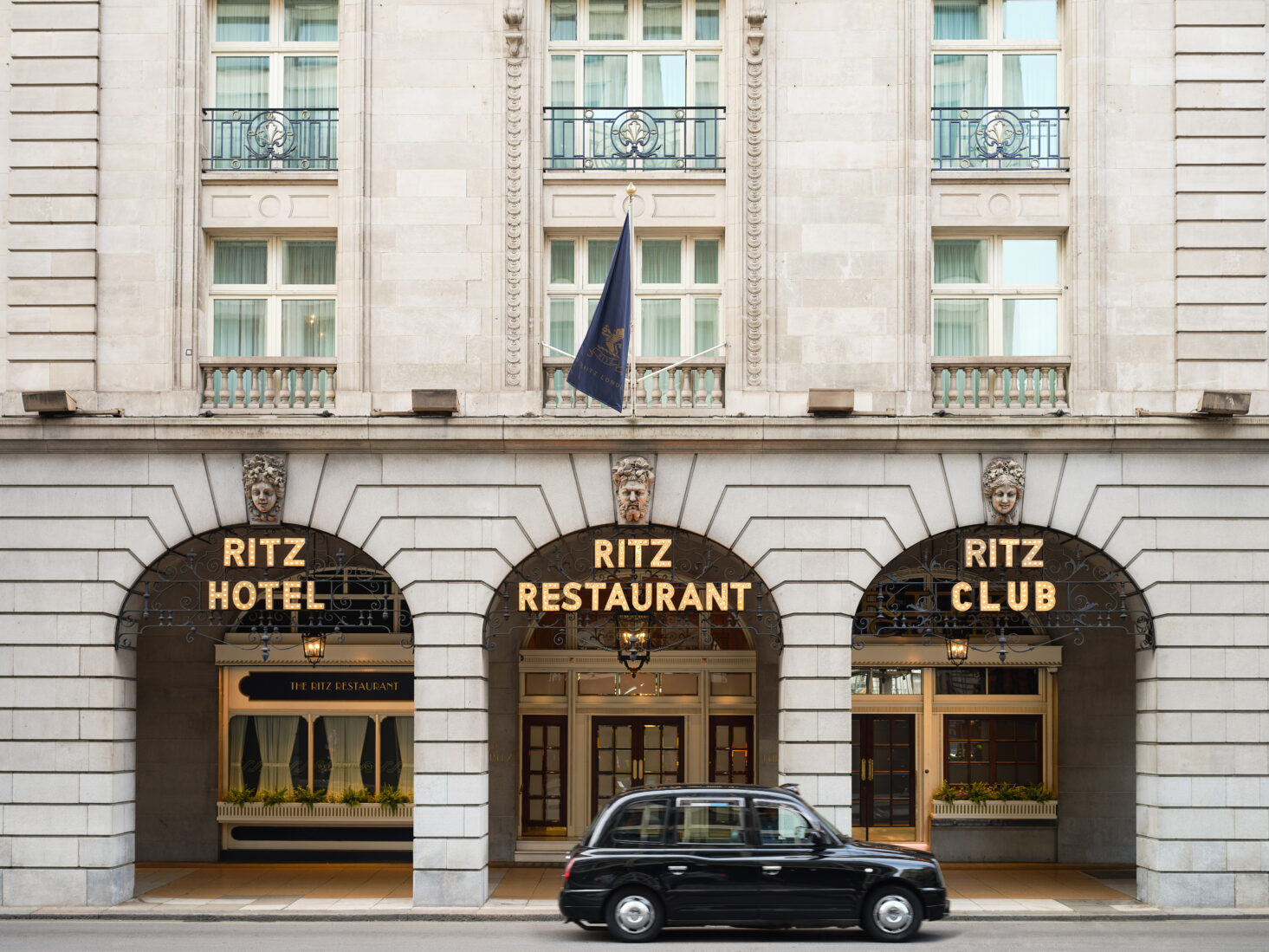


![]()
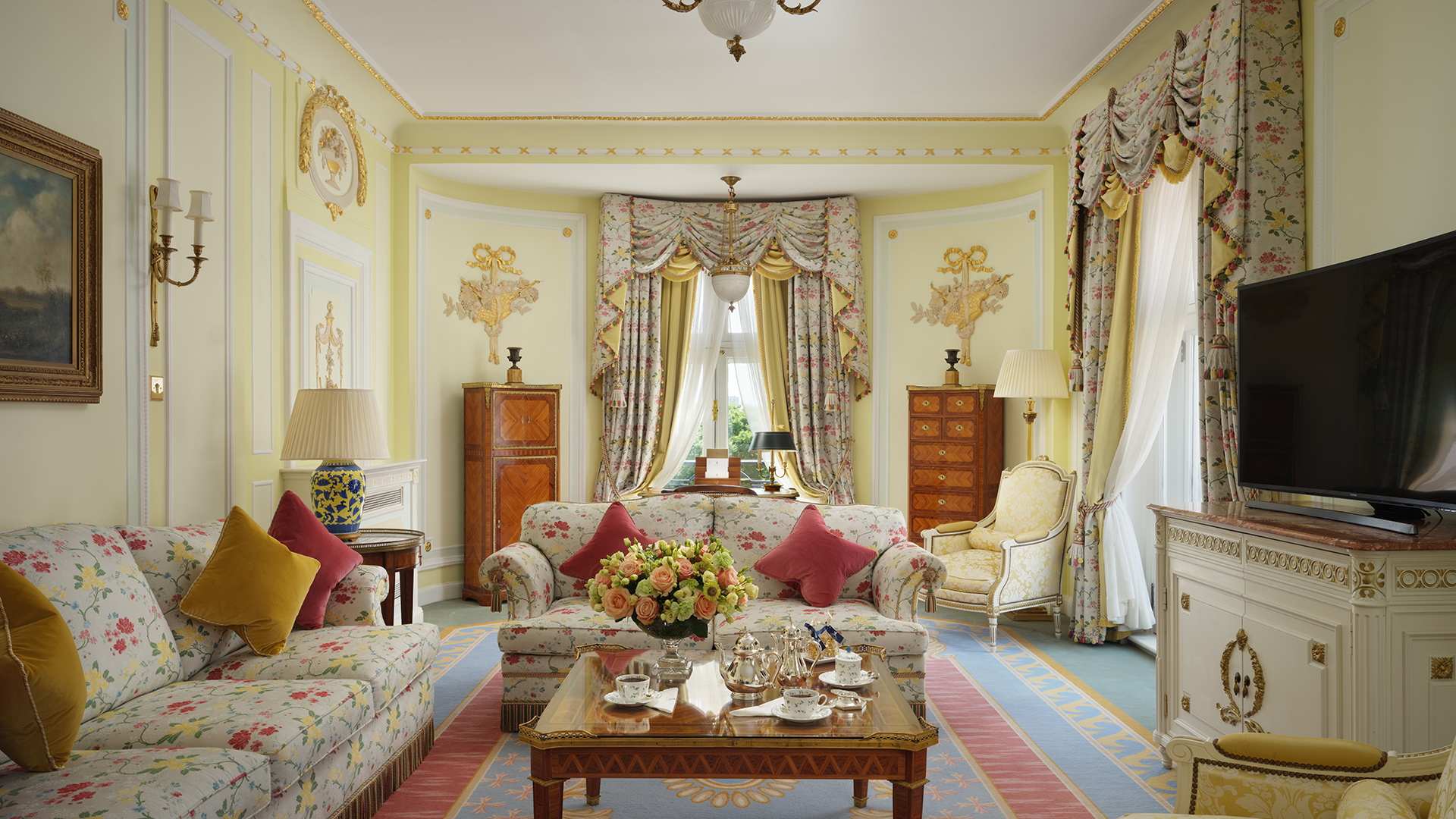

- Address: 150 Piccadilly, London W1J 9BR. (The Ritz London)
- Overview: Iconic historic luxury hotel in Mayfair, known for classic high‑tea, grand architecture and prestige.
- Why pick it: A landmark hotel with strong heritage and landmark location.
-
Claridge’s





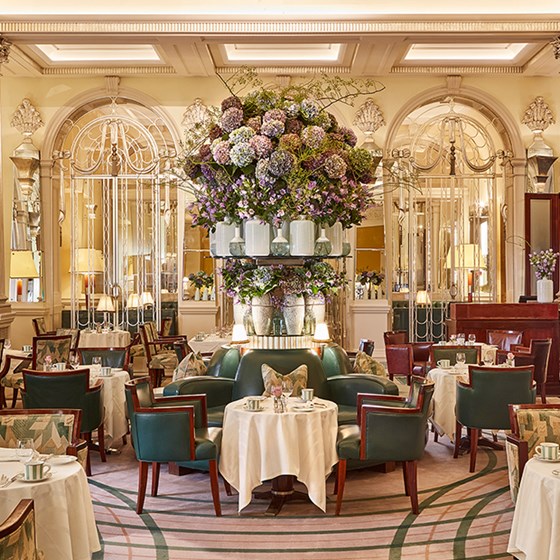
- Address: Brook Street, London W1K 4HR. (Wikipedia)
- Overview: A 5‑star luxury hotel in Mayfair, blending traditional British elegance with modern comfort.
- Why pick it: Premium service, excellent location for shopping and upscale dining.
-
Mandarin Oriental Mayfair, London

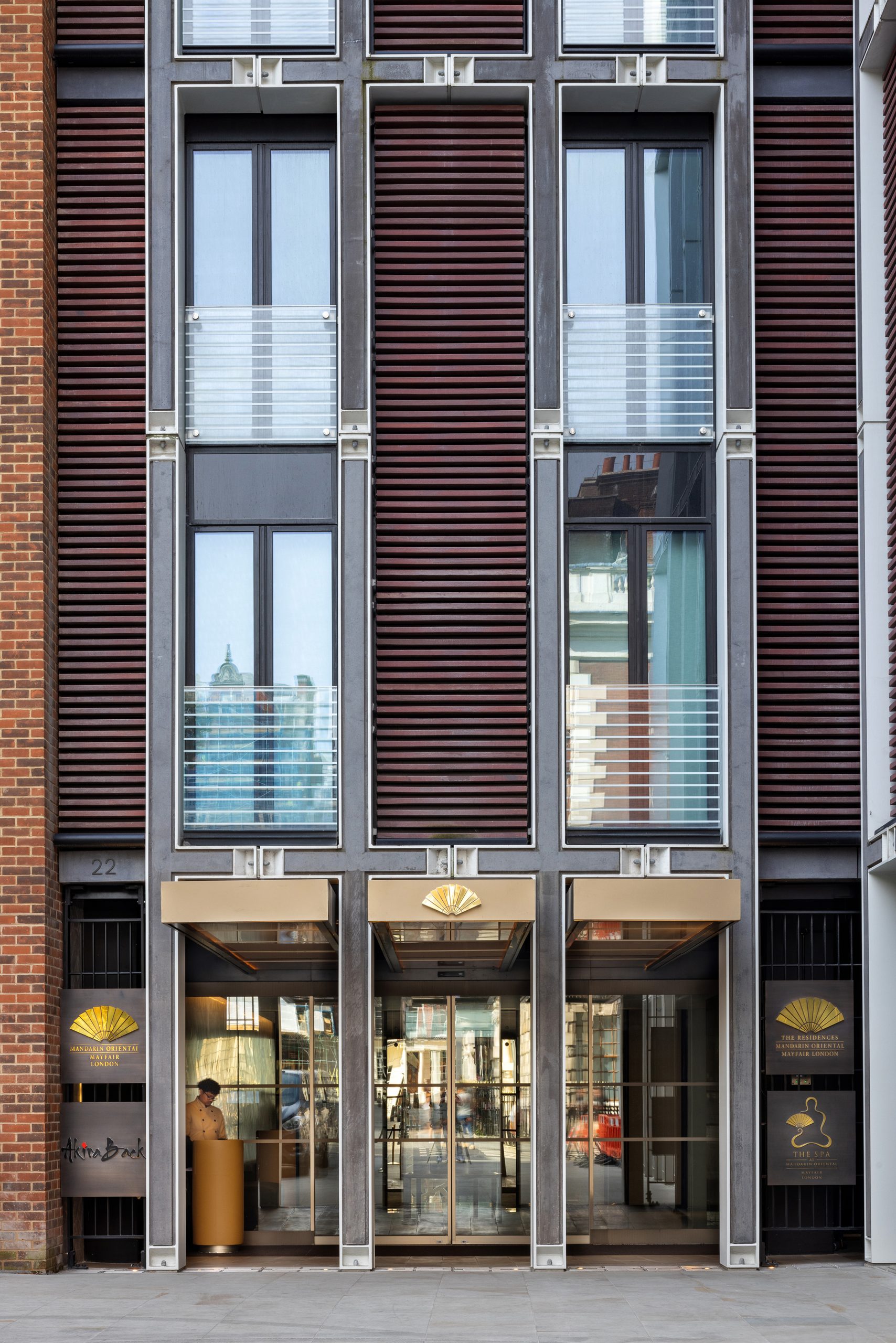




- Address: 22 Hanover Square, London W1S 1JP.
- Overview: Ultra‑luxury hotel in Mayfair combining Oriental elegance with London sophistication.
- Why pick it: High‑end spa, excellent suites, premium brand.
-
Mandarin Oriental Hyde Park, London

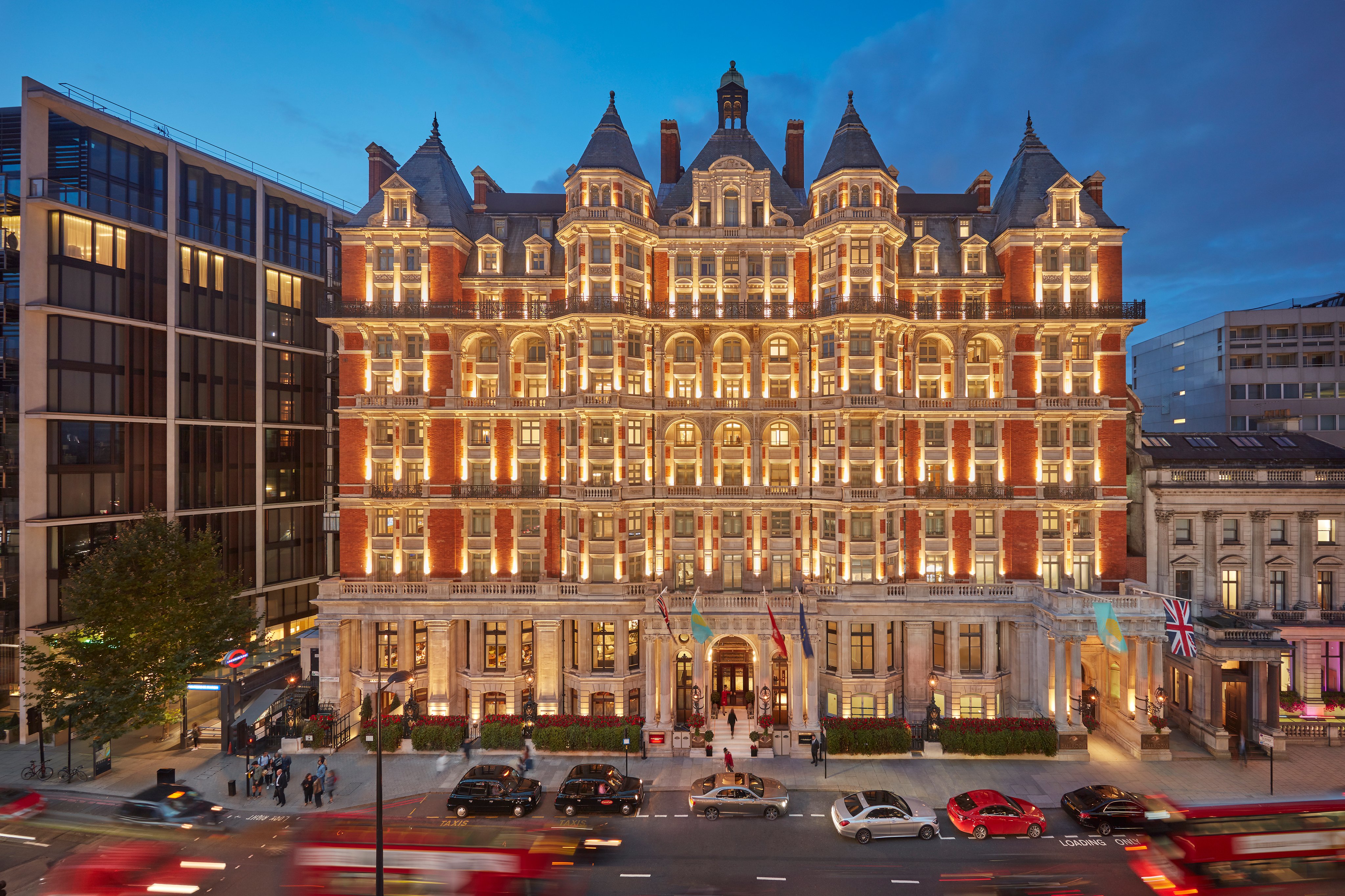



- Address: 66 Knightsbridge, London SW1X 7LA.
- Overview: Facing Hyde Park, combines luxury accommodation with prime London parkside setting.
- Why pick it: Top location adjacent to Hyde Park + high‑end amenities.
-
The Langham, London
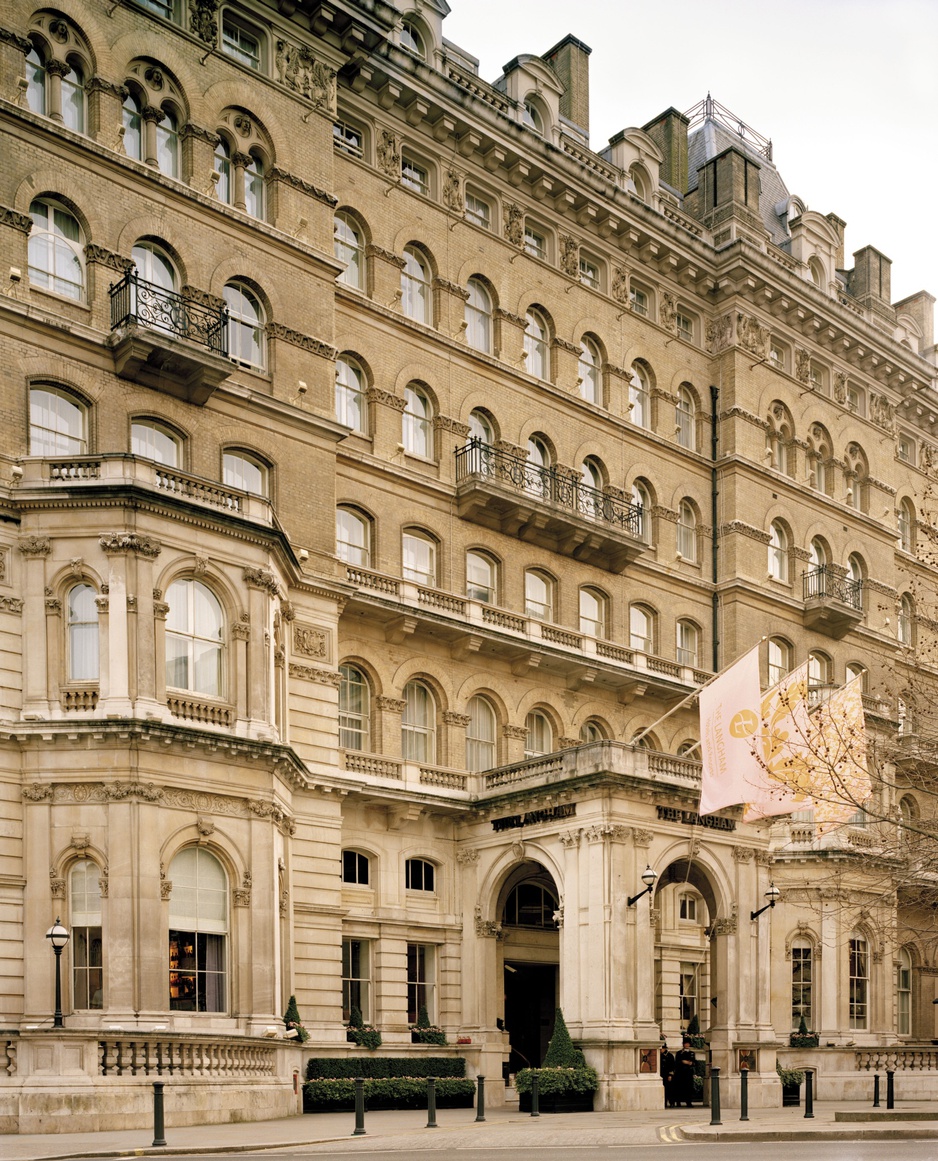
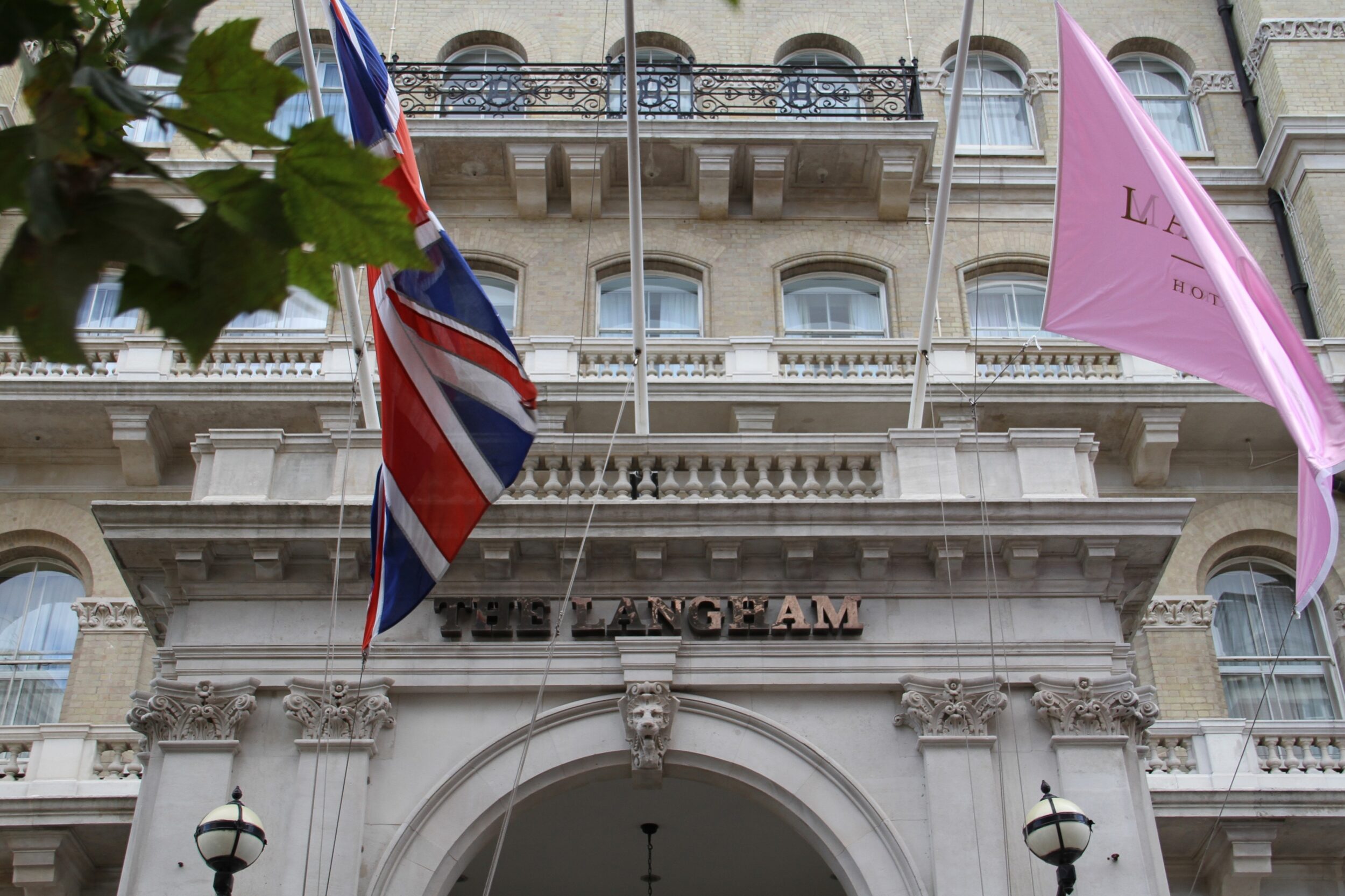
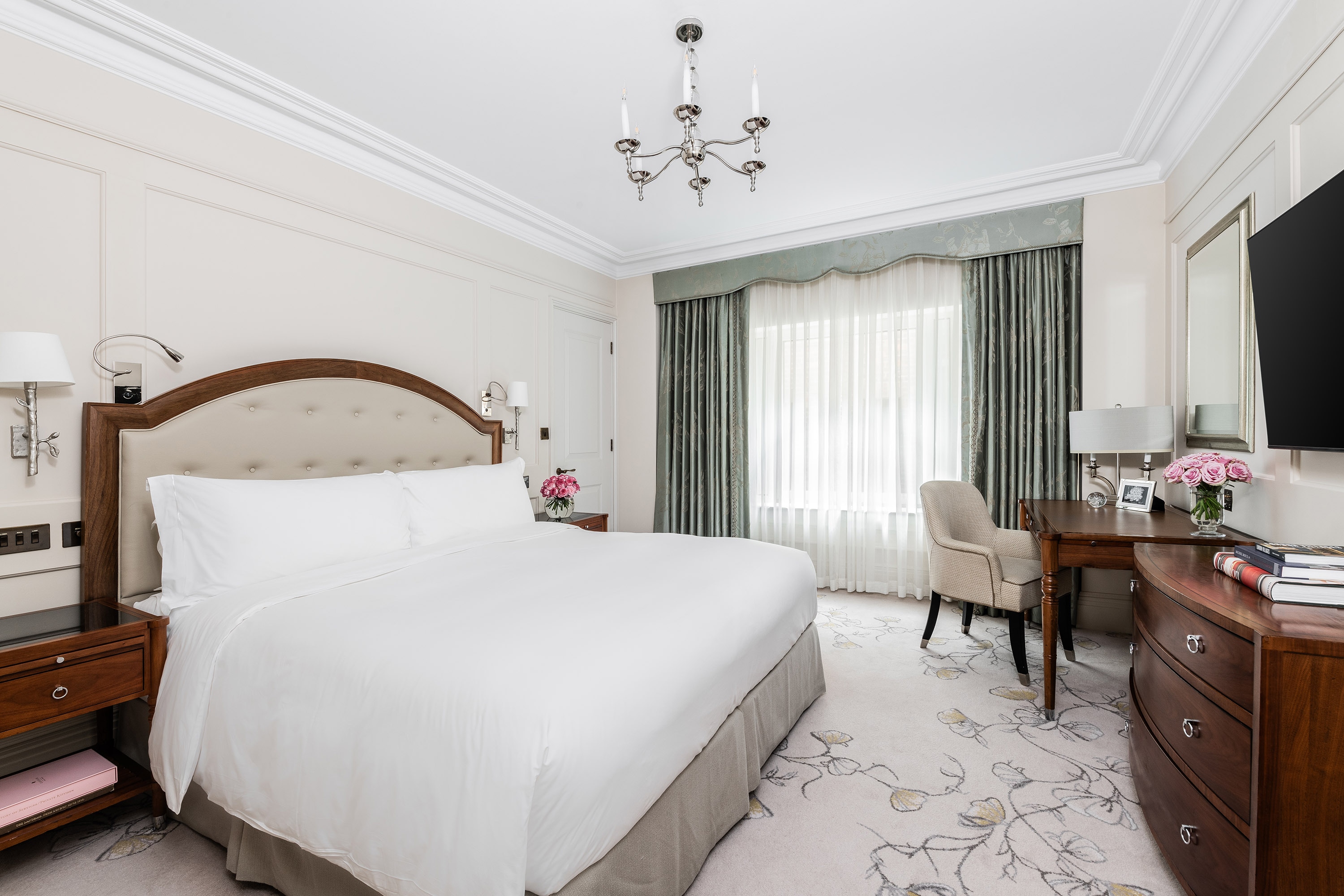
- Address: 1C Portland Place, London W1B 1JA.
- Overview: Historic hotel that opened in the 1860s; blends classical grandeur with modern luxury.
- Why pick it: Centrally placed in London’s West End; excellent for theatre/dining.
-
Rosewood London
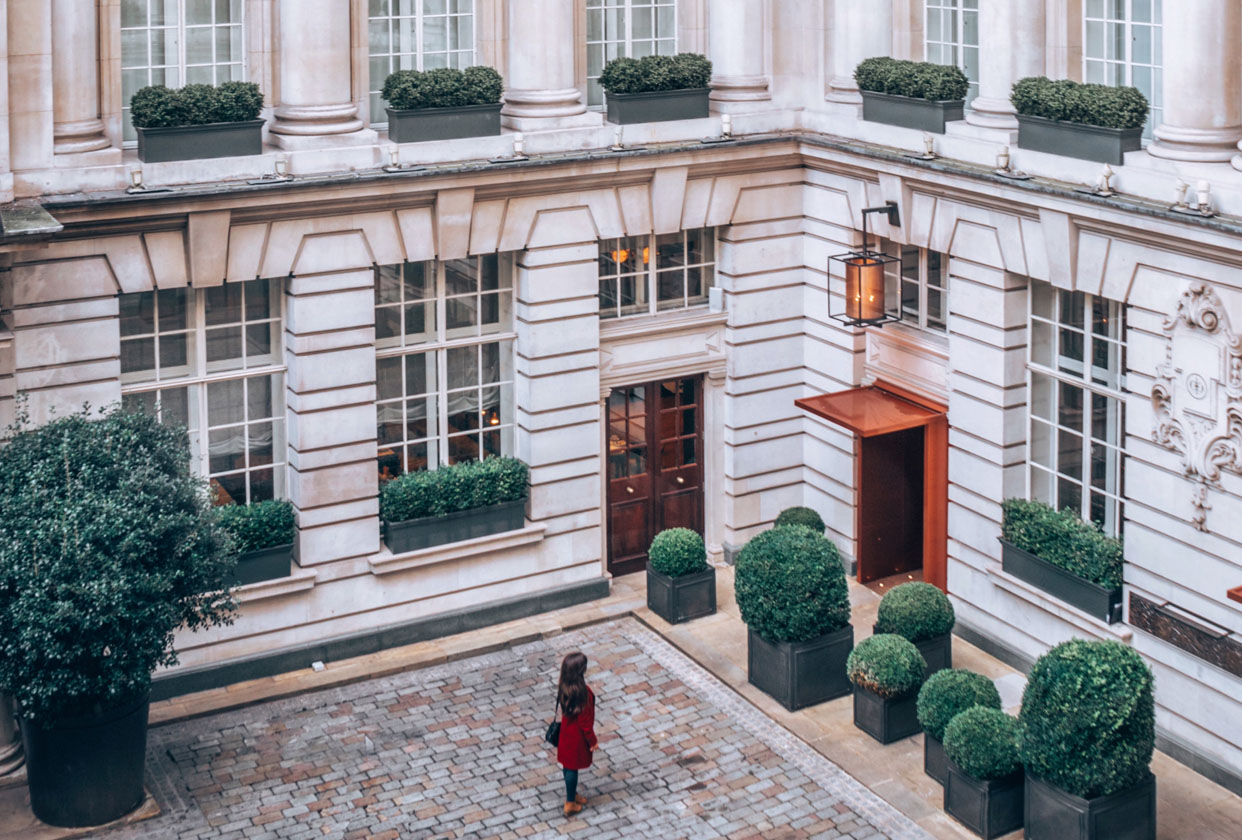
- Address: 252 High Holborn, London WC1V 7EN. (Rosewood Hotels)
- Overview: A heritage building converted into luxury hotel, blending British heritage with contemporary design.
- Why pick it: Unique building, stylish interiors, good for culture & design‑savvy travellers.
-
Corinthia London






- Address: Whitehall Place, London SW1A 2BD. (Marie Claire UK)
- Overview: Grand luxury hotel near Embankment with extensive spa, upscale dining, large rooms.
- Why pick it: Full‑service luxury with spa and high‑end amenities.
-
Four Seasons Hotel London at Tower Bridge



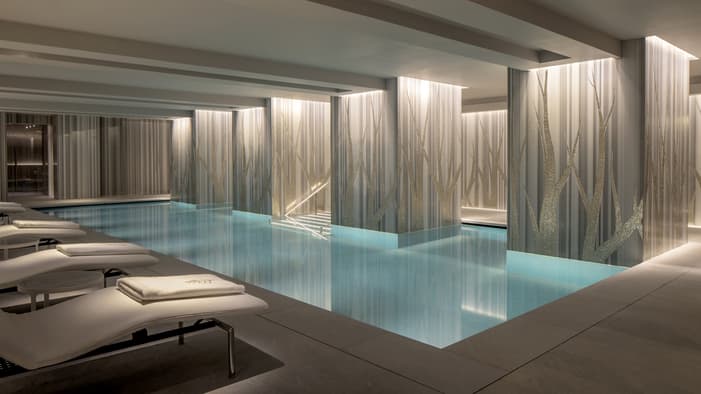
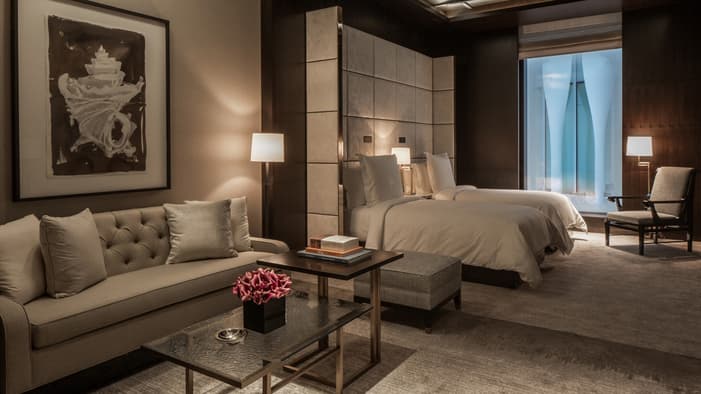
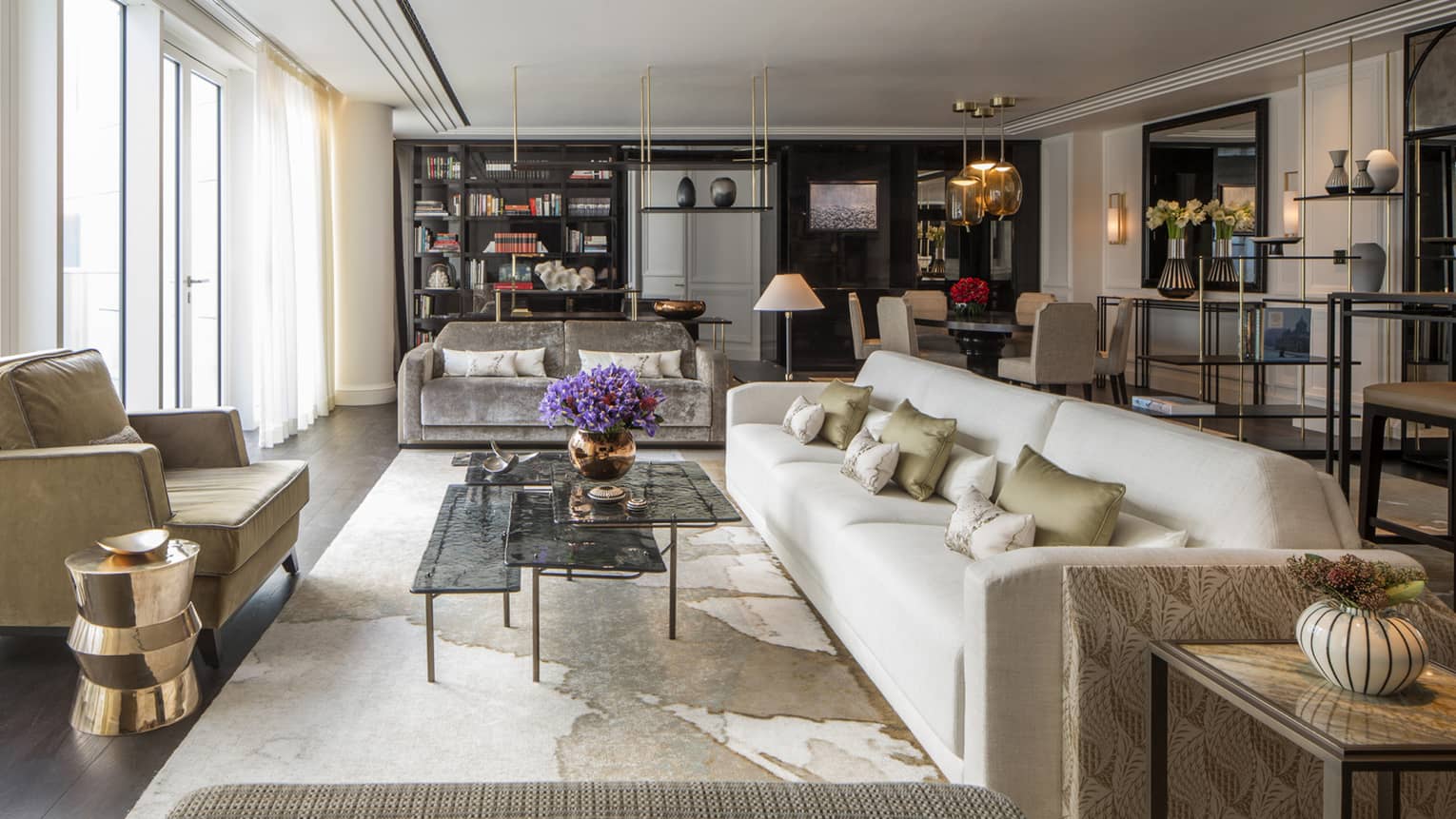
- Address: 10 Trinity Square, London EC3N 4AJ.
- Overview: Modern luxury hotel near Tower Bridge and the River, with refined rooms and views.
- Why pick it: Strong location for river/bridge views; high‑end international brand.
-
Raffles London at The OWO
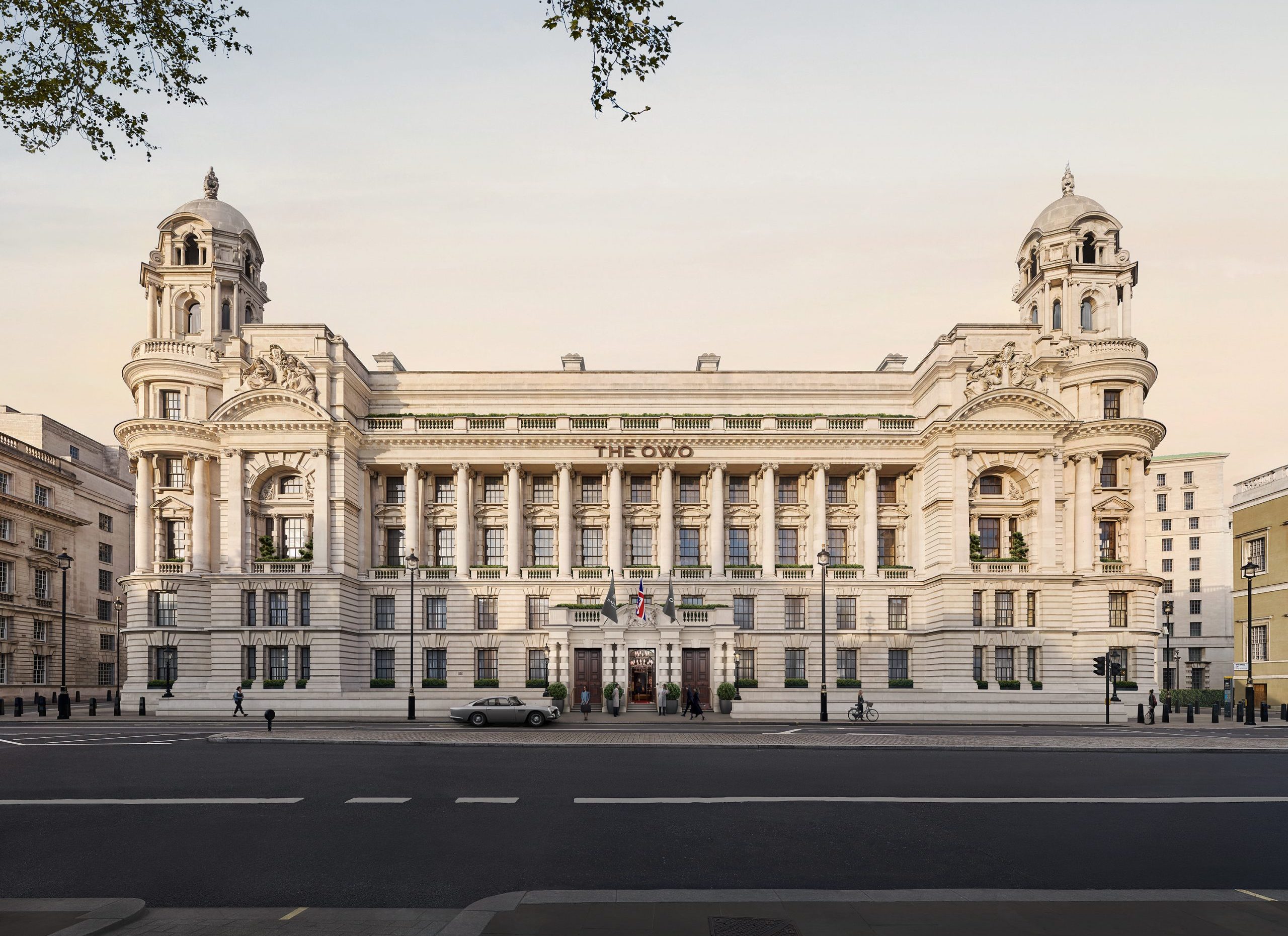


- Address: 57 Whitehall, London SW1A 2BX.
- Overview: Recently launched luxury hotel set in former Old War Office building — combining history and ultra‑luxury.
- Why pick it: Newly built/renovated high‑luxury property with prestige.
-
The Peninsula London
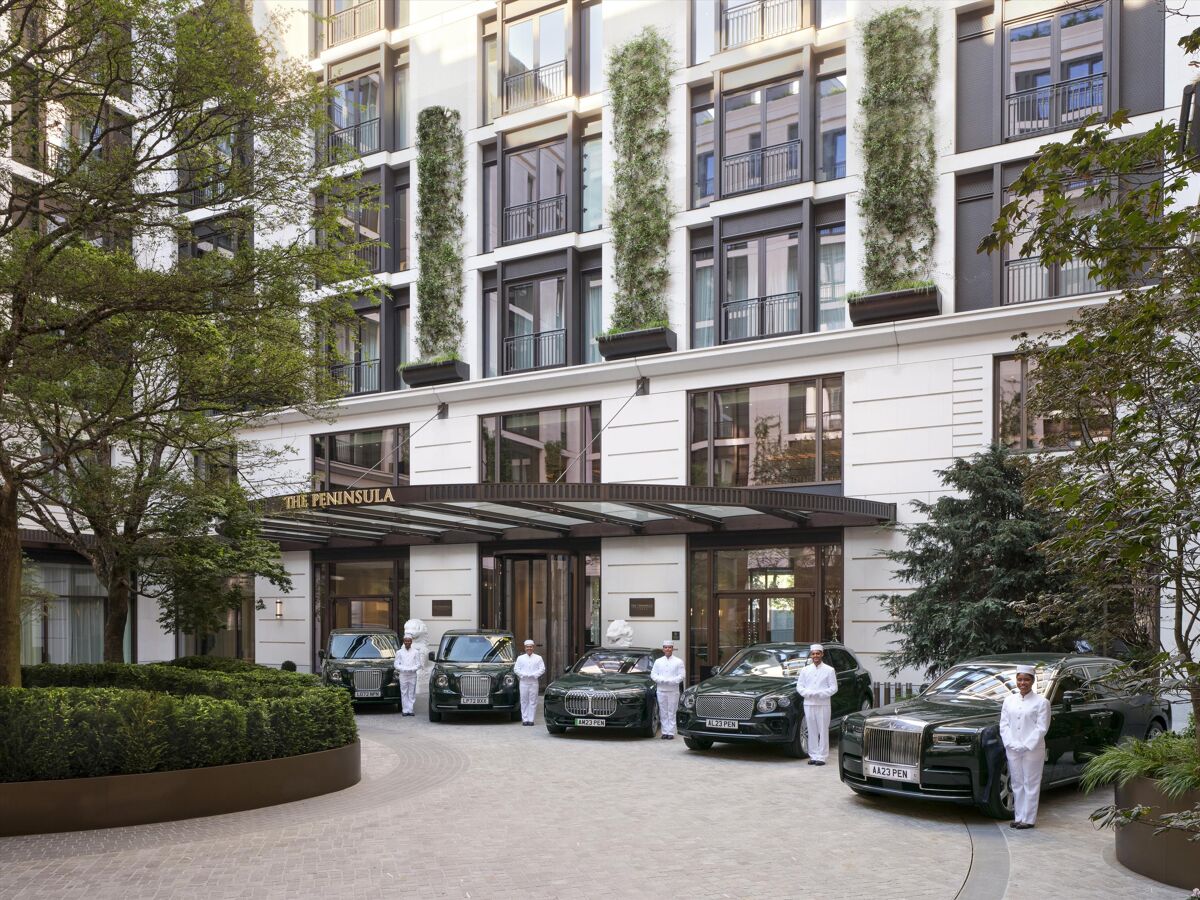

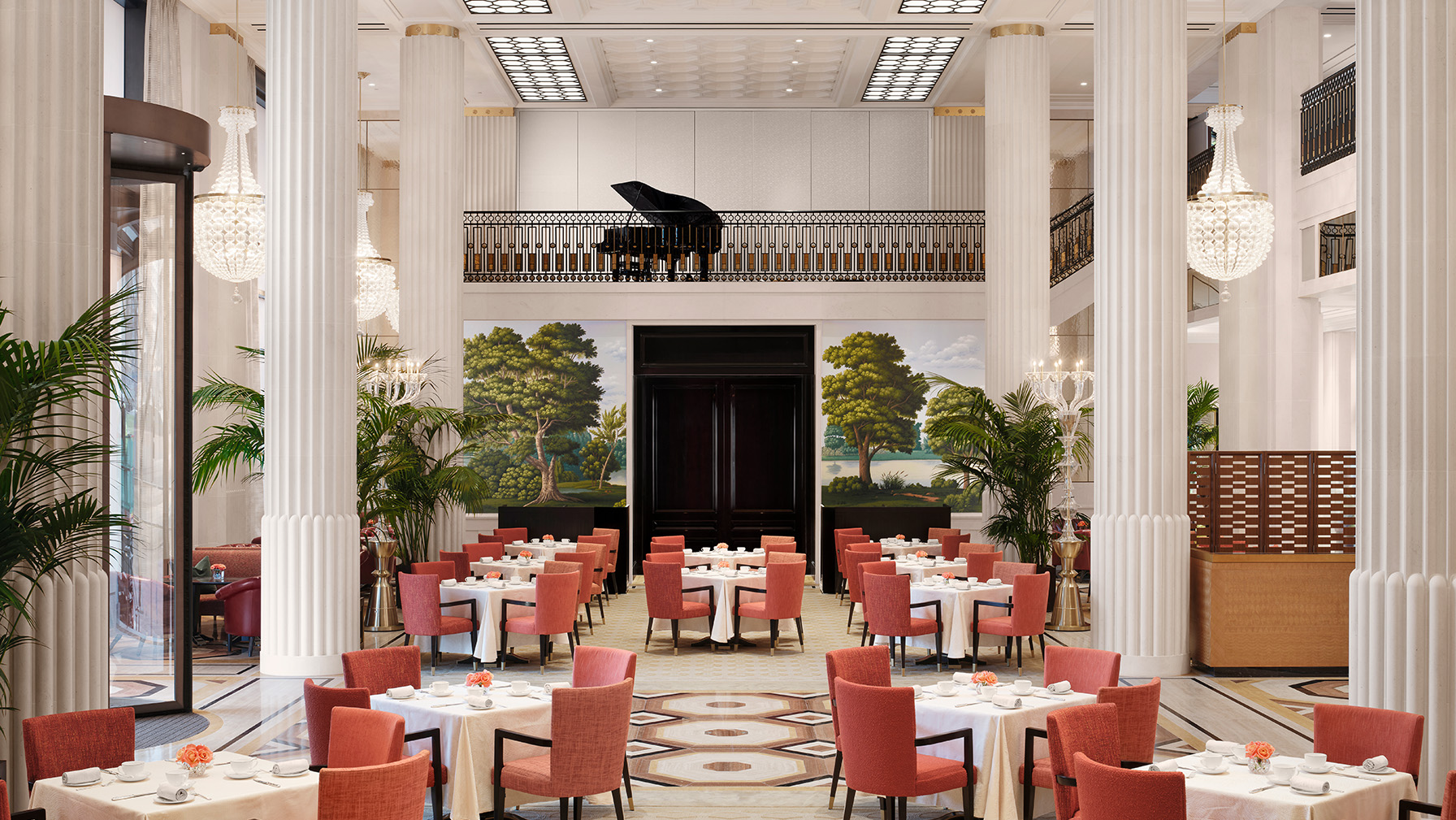


- Address: 1 Grosvenor Place, London SW1X 7HJ.
- Overview: Premium luxury hotel near Hyde Park and Knightsbridge; high‑end amenities, large suites, extensive spa.
- Why pick it: Top luxury brand, near luxury shopping at Knightsbridge.
-
Four Seasons Hotel London at Park Lane
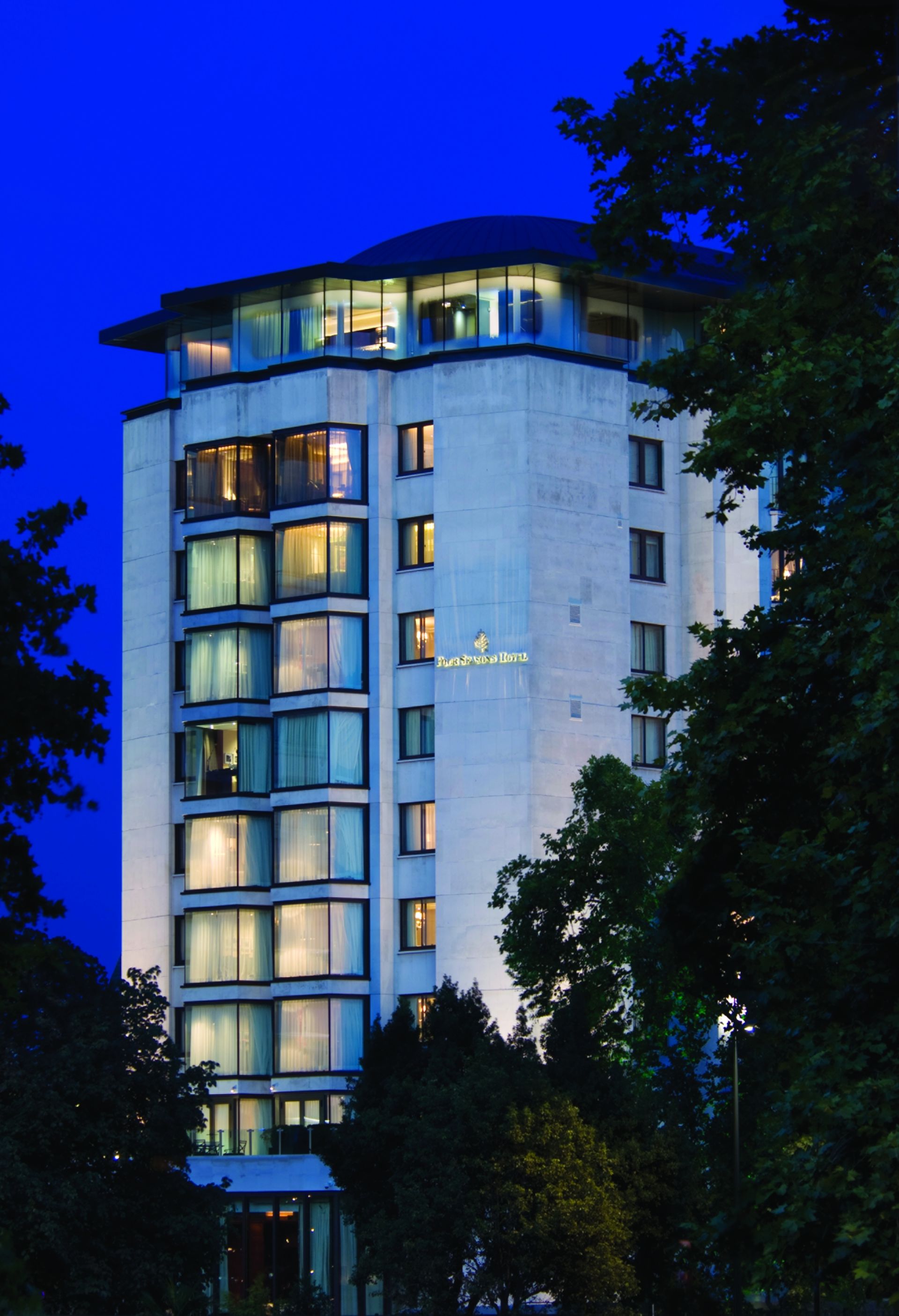





- Address: Hamilton Place, Park Lane, London W1J 7DR.
- Overview: Luxury hotel overlooking Hyde Park; modern rooms, premium view and service.
- Why pick it: Hyde Park proximity, premium vantage point.
-
Shangri‑La The Shard, London




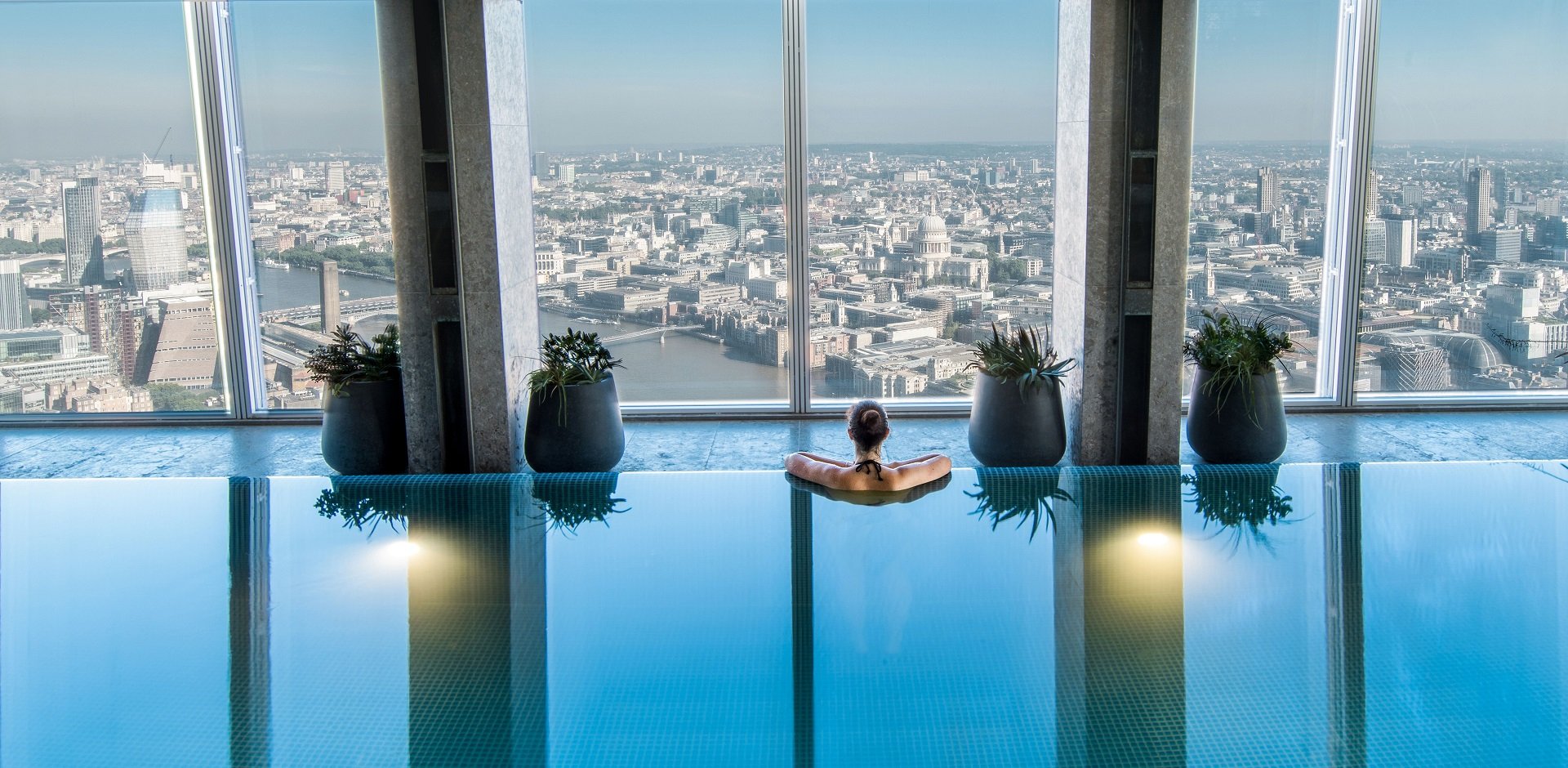

- Address: 31 St Thomas St, London SE1 9QU.
- Overview: Located high in The Shard skyscraper, offering dramatic views of London, ultra‑luxury accommodation.
- Why pick it: Unique skyline views; modern luxury high‑rise experience.
-
The Royal Horseguards Hotel & One Whitehall Place





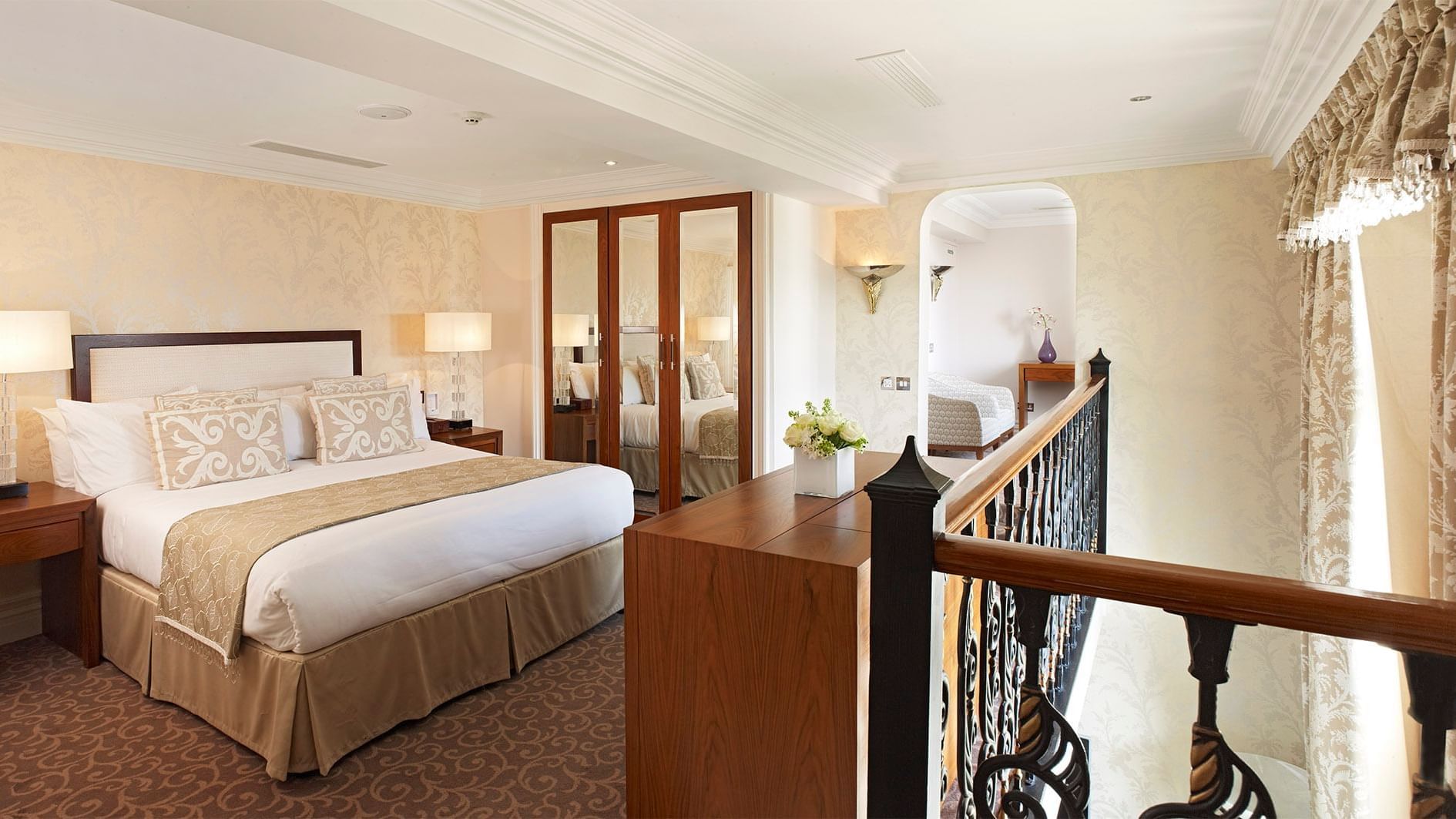
- Address: 2 Whitehall Court, London SW1A 2EJ. (Wikipedia)
- Overview: Historic building turned luxury hotel near Whitehall and Embankment; grand architecture, river views.
- Why pick it: Historic charm plus luxury central location.
-
Hotel Café Royal
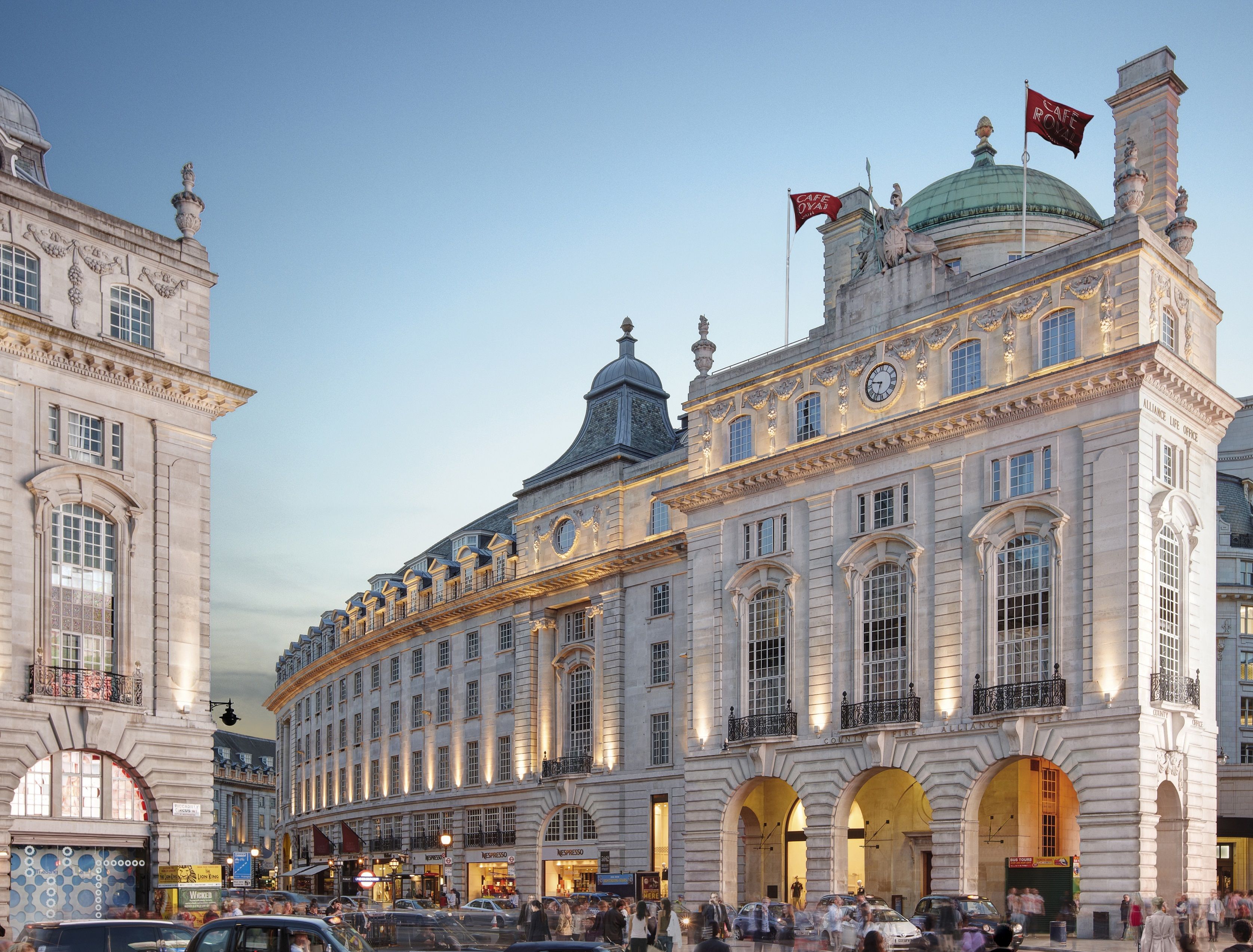
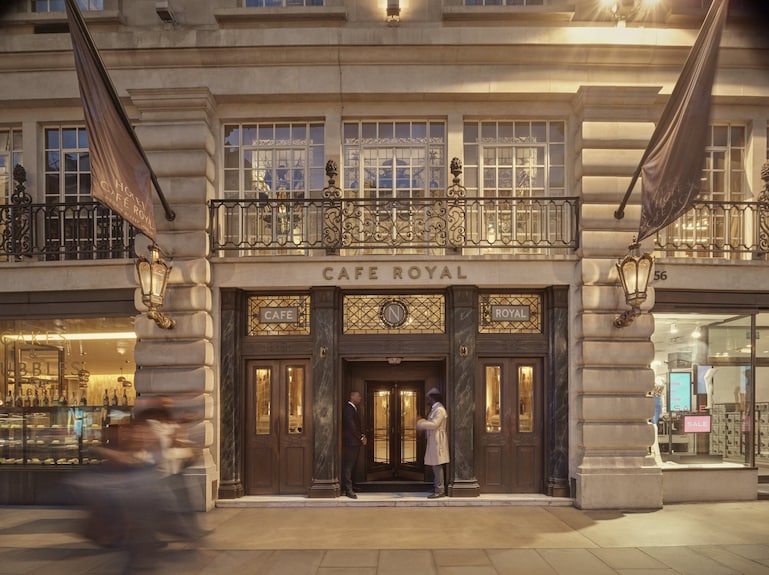

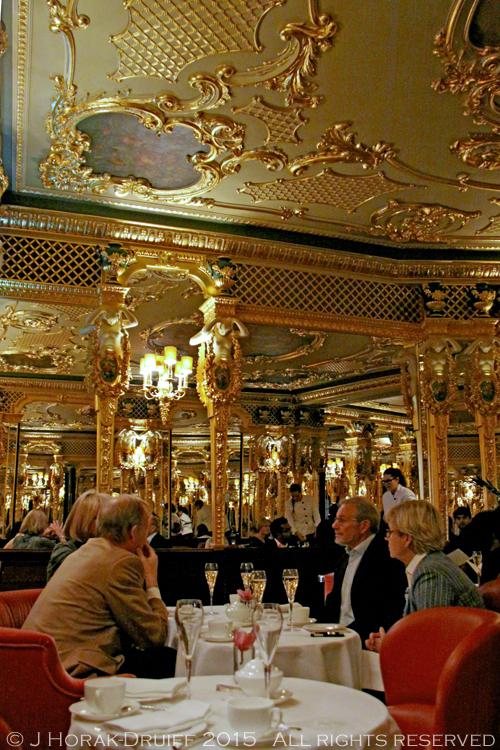
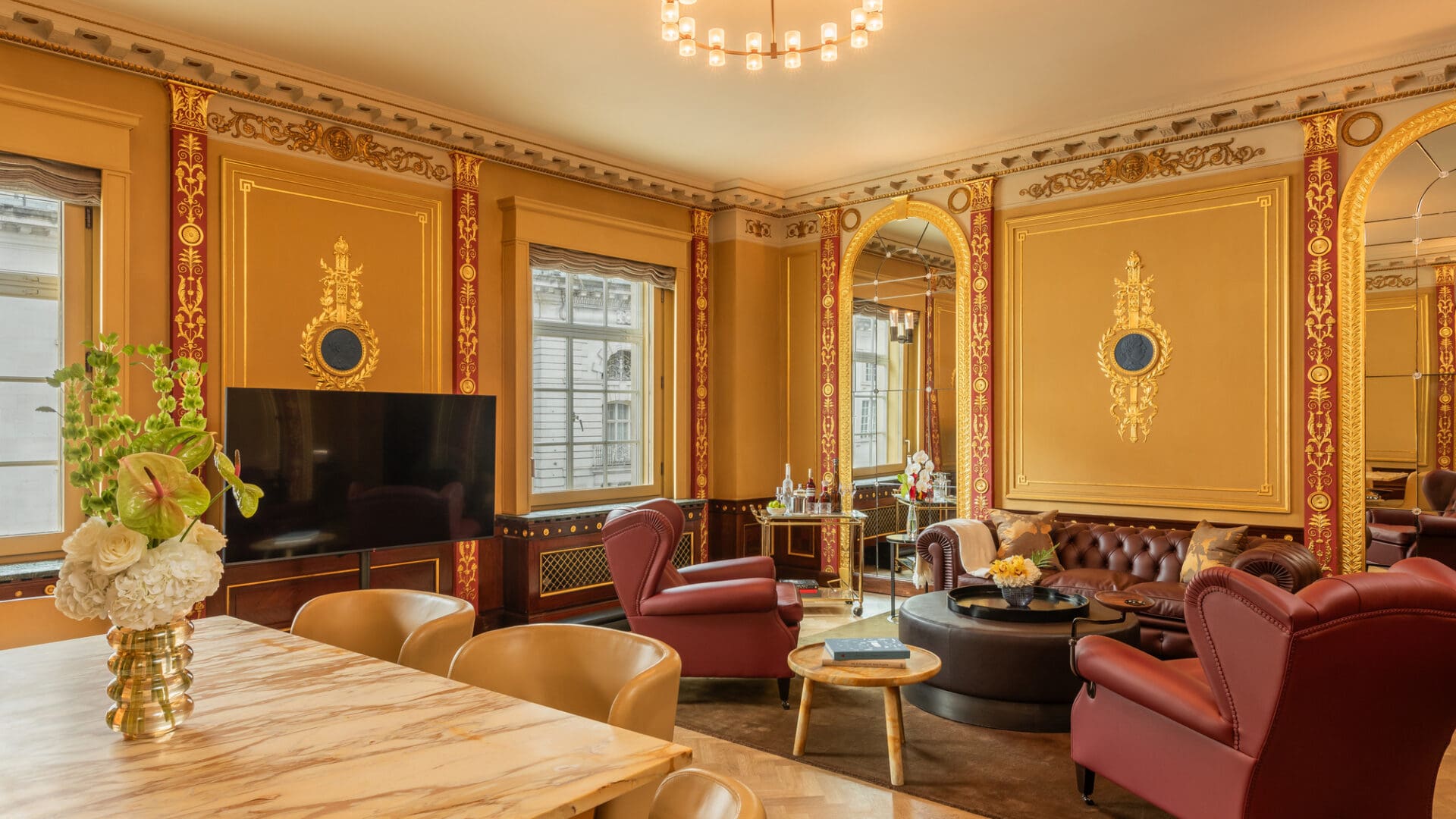

- Address: 68 Regent Street, London W1B 4DY.
- Overview: Historic luxury hotel with bold design, located on Regent Street, blending old and new glamour.
- Why pick it: Central shopping zone + design‑forward luxury.
-
Ham Yard Hotel
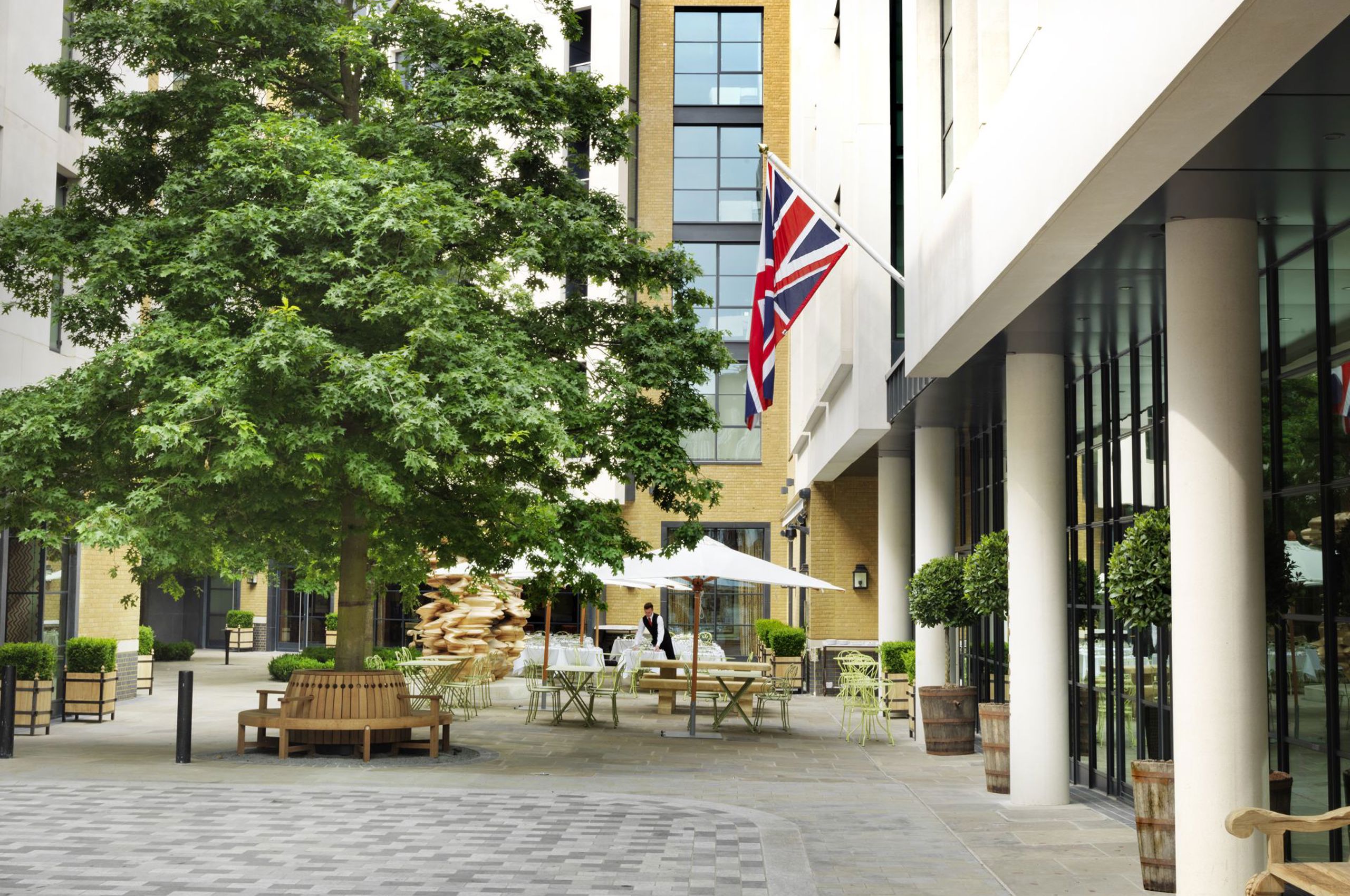




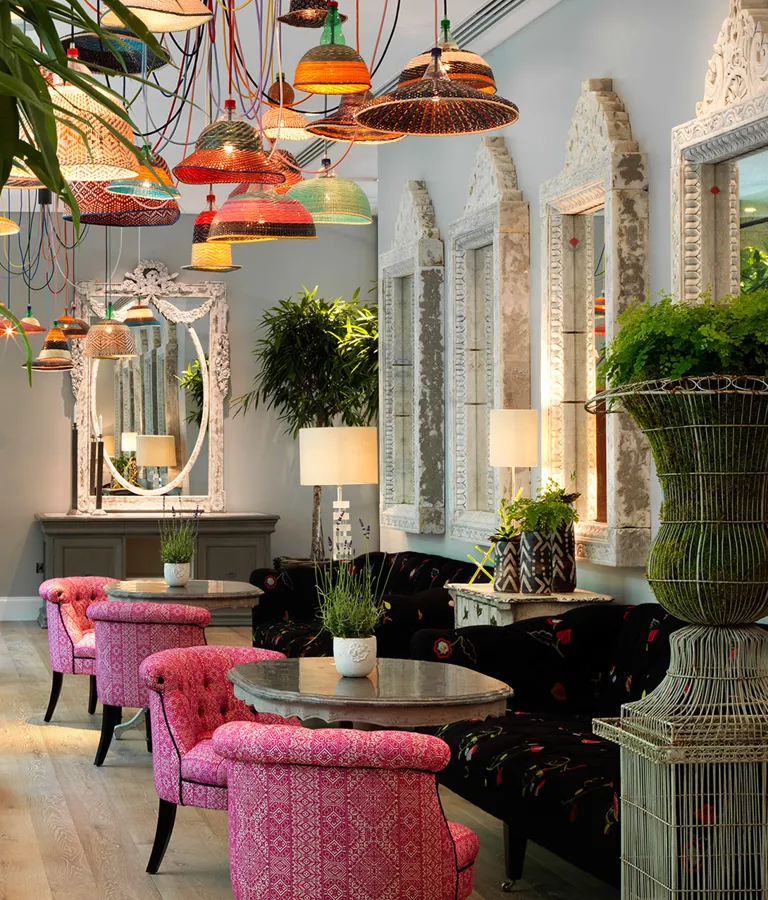
- Address: 1 Ham Yard, Soho, London W1D 7DT.
- Overview: Boutique luxury hotel in the heart of Soho with stylish interiors, rooftop terrace, and social‑buzz feel.
- Why pick it: Trendy area, boutique luxury feel.
-
The Kensington Hotel


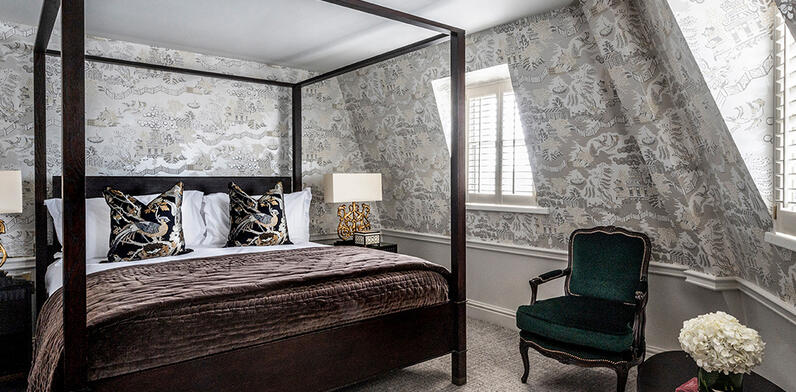
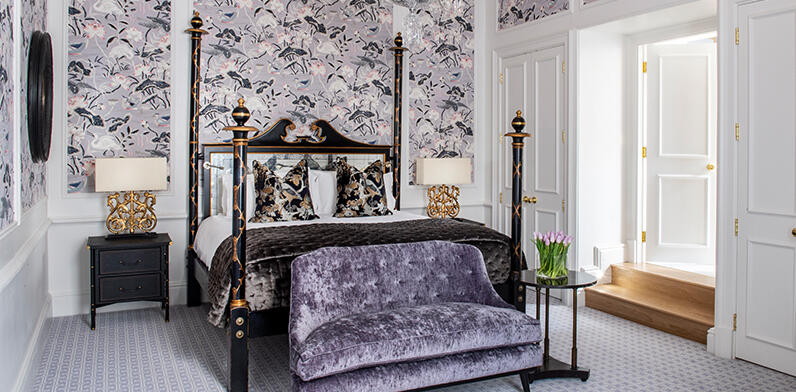


- Address: 109‑113 Queen’s Gate, South Kensington, London SW7 5LP.
- Overview: Luxury hotel in South Kensington, close to museums and the upscale residential area; elegant, quieter luxury.
- Why pick it: Slightly more serene luxury location away from the busiest tourist zones.
-
St Martin’s Lane Hotel
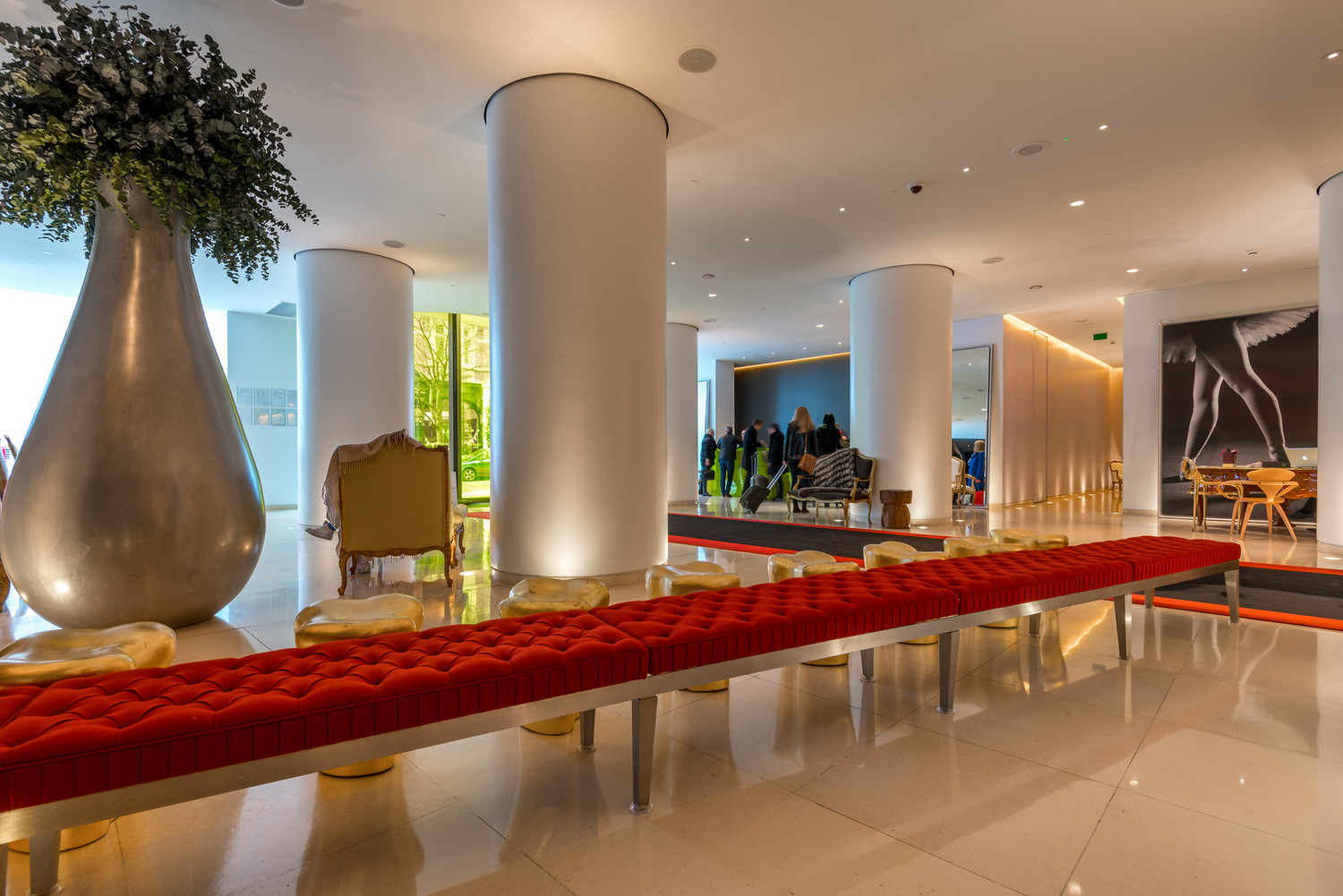

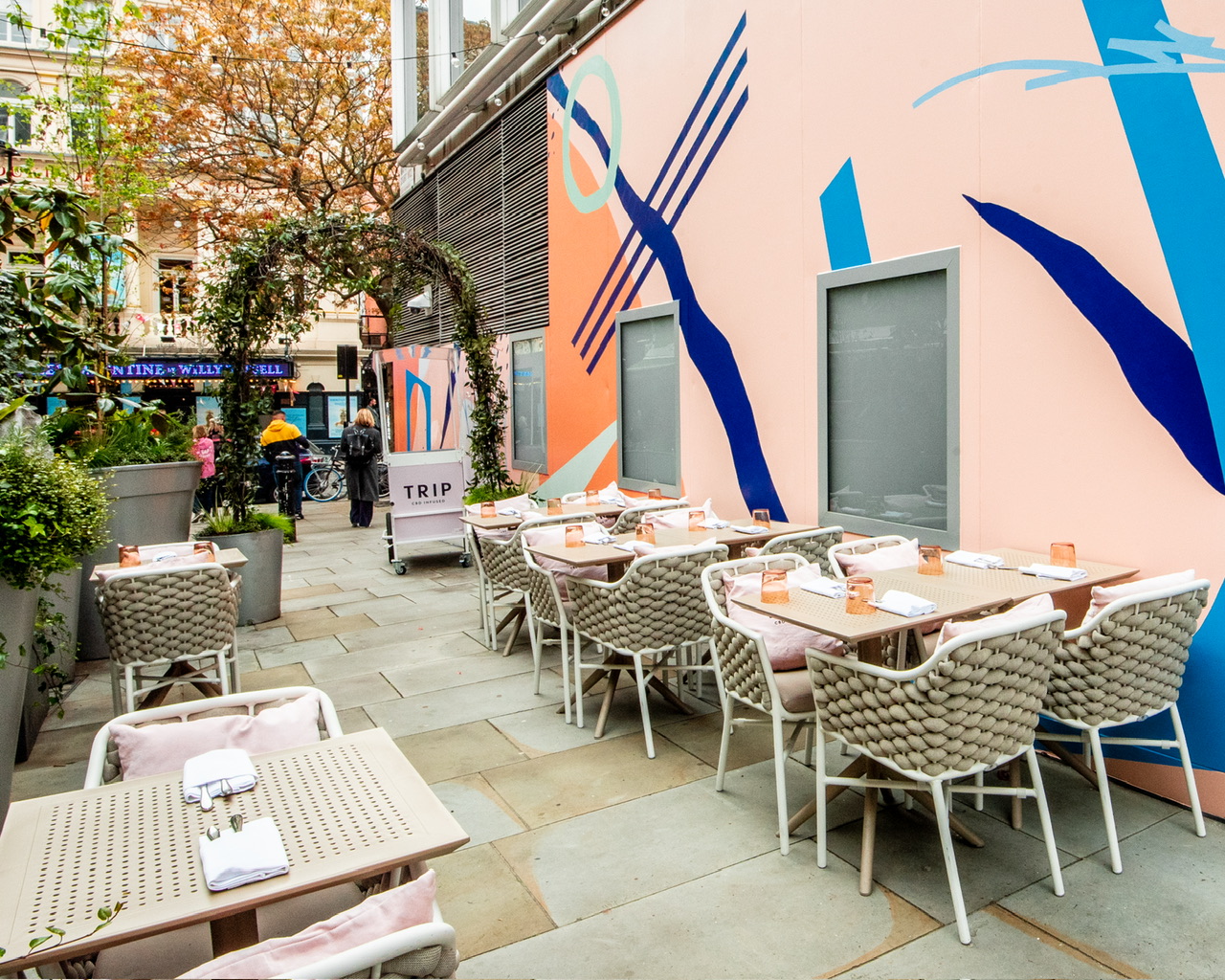


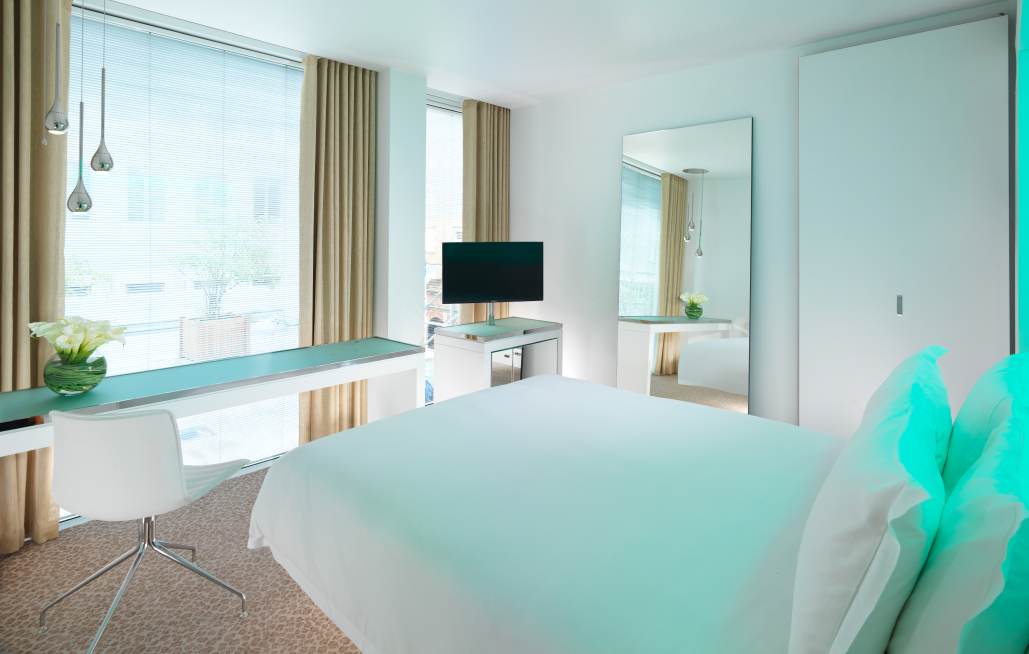
- Address: 45 St Martin’s Lane, London WC2N 4HX.
- Overview: Stylish luxury hotel near theatre district, modern design and good for a central stay.
- Why pick it: Good location for West End/theatres + luxury comfort.
-
Covent Garden Hotel



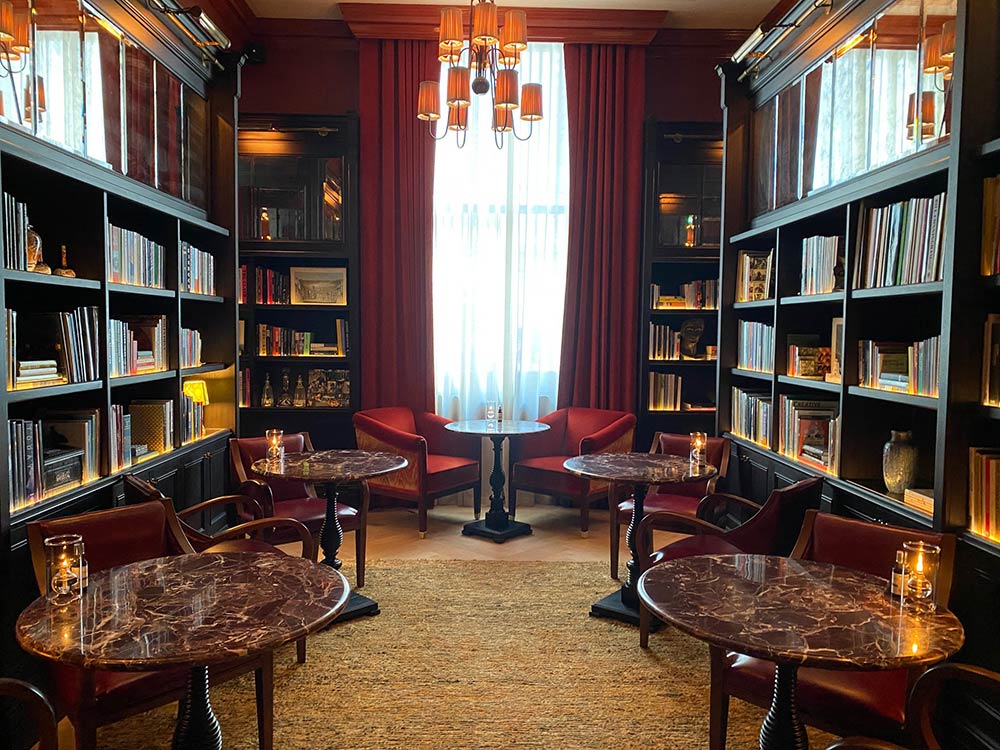


- Address: 10 Monmouth Street, London WC2H 9HB.
- Overview: Boutique luxury hotel in Covent Garden, blending charm and upscale design, perfect for theatre and shopping.
- Why pick it: Excellent for the lively Covent Garden area with luxury accommodation.
-
The Waldorf Hilton, London

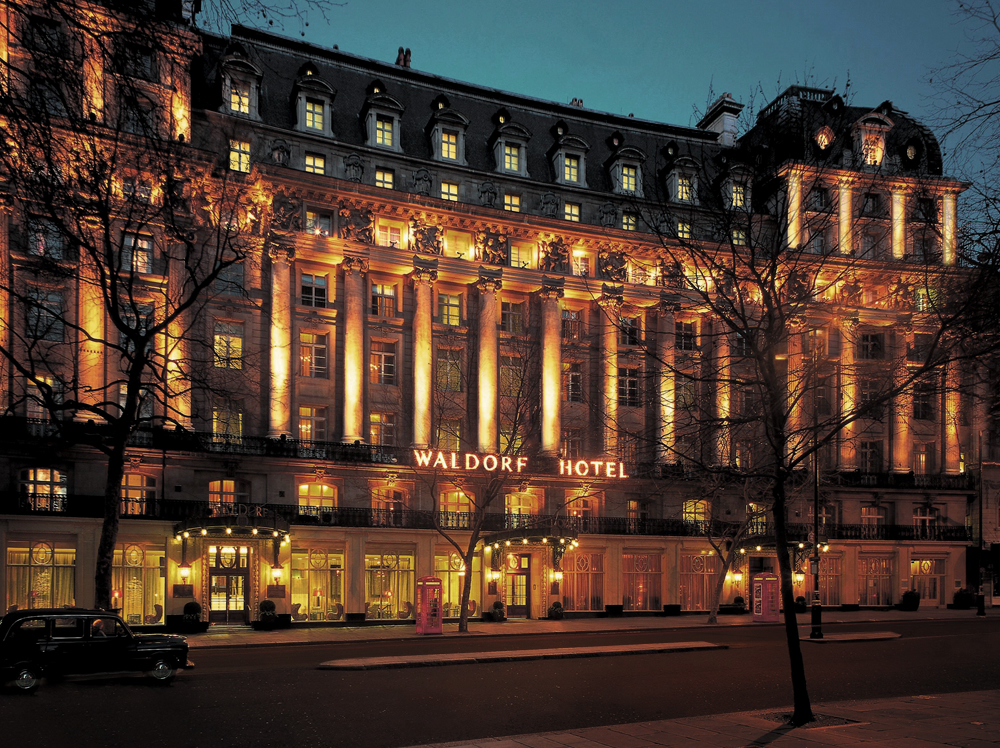

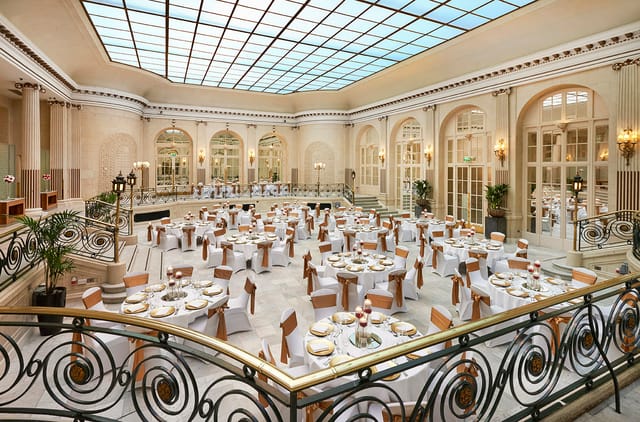

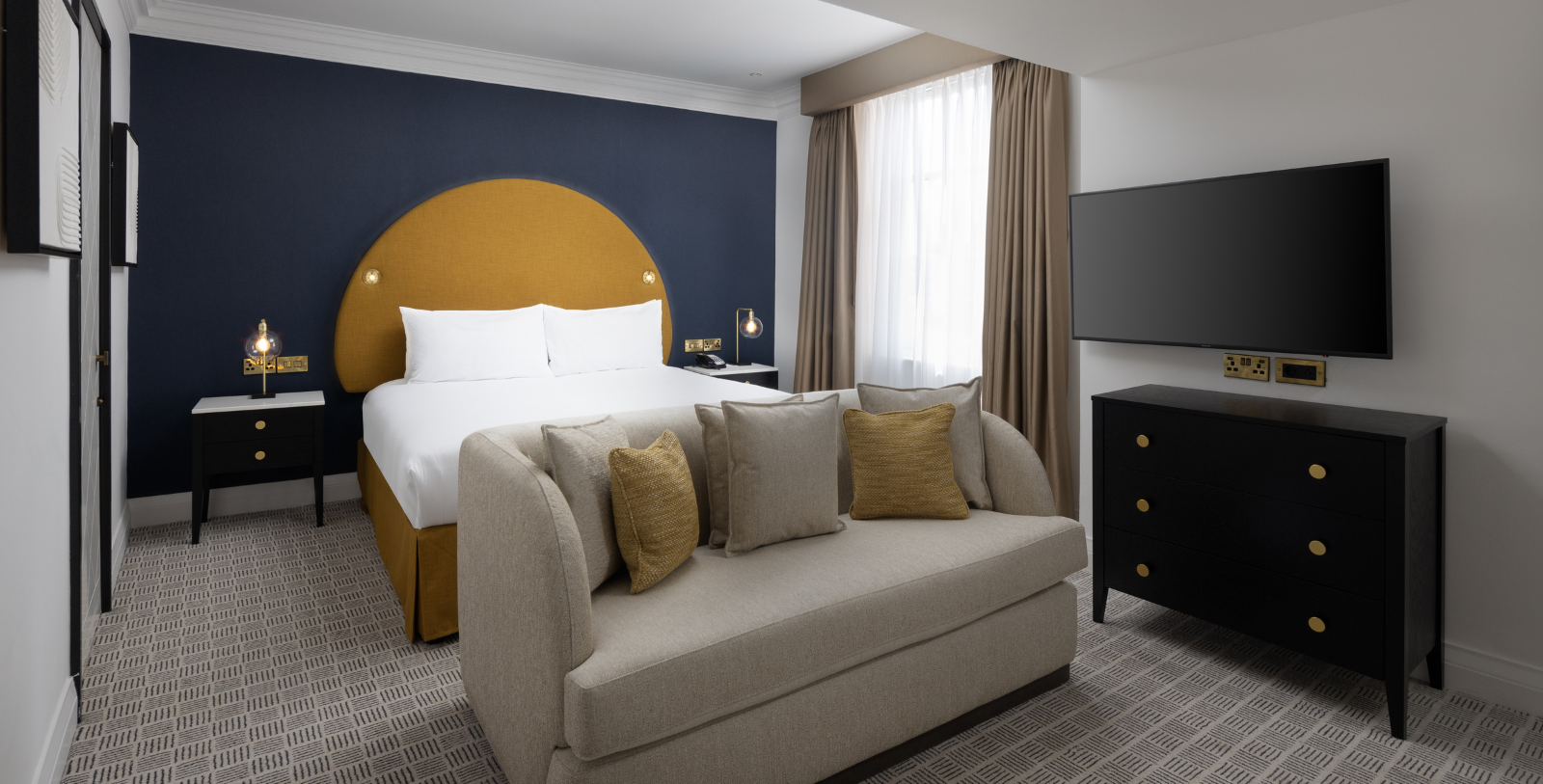
- Address: Aldwych, London WC2B 4DD.
- Overview: Historic 5‑star hotel on Aldwych in London’s theatre district, blending heritage and luxury.
- Why pick it: Good blend of heritage location and central London convenience.
-
The Park Tower Knightsbridge, A Luxury Collection Hotel, London

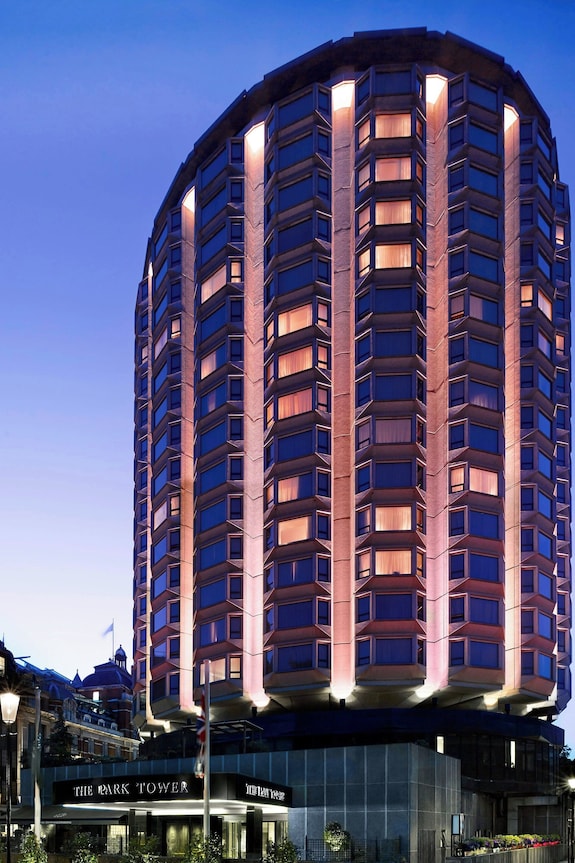

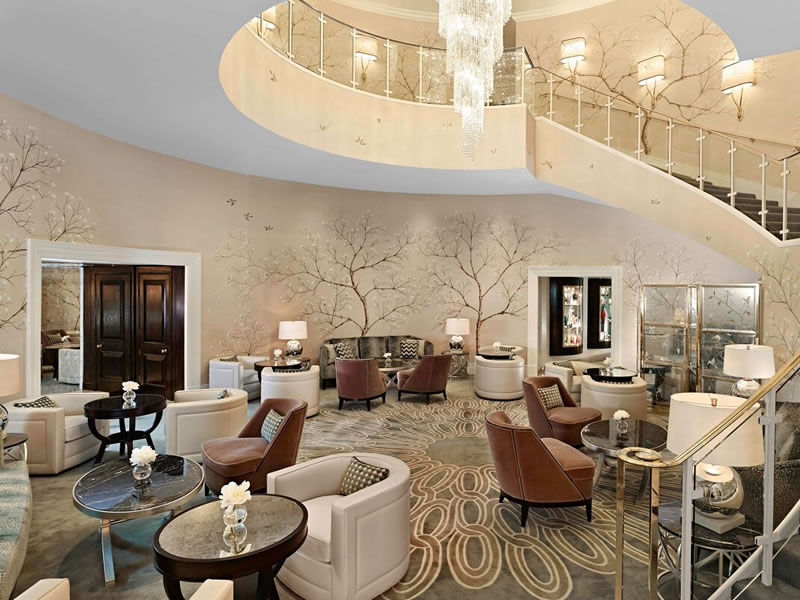
- Address: 101 Knightsbridge, London SW1X 7RN.
- Overview: Luxury hotel in the Knightsbridge district, high‑end neighbourhood, many rooms with Hyde Park views.
- Why pick it: Prime location for luxury shopping (Harrods) + refined hospitality.
Here are three detailed case‑studies of luxury hotels in London, illustrating how they stand out through design, sustainability, branding or technology — followed by comments and lessons learned for luxury hospitality. If you like, I can then map 20 hotels (with postcodes) and plug in similar case‑study style overviews for each.
Case Study 1: Mandarin Oriental Mayfair, London

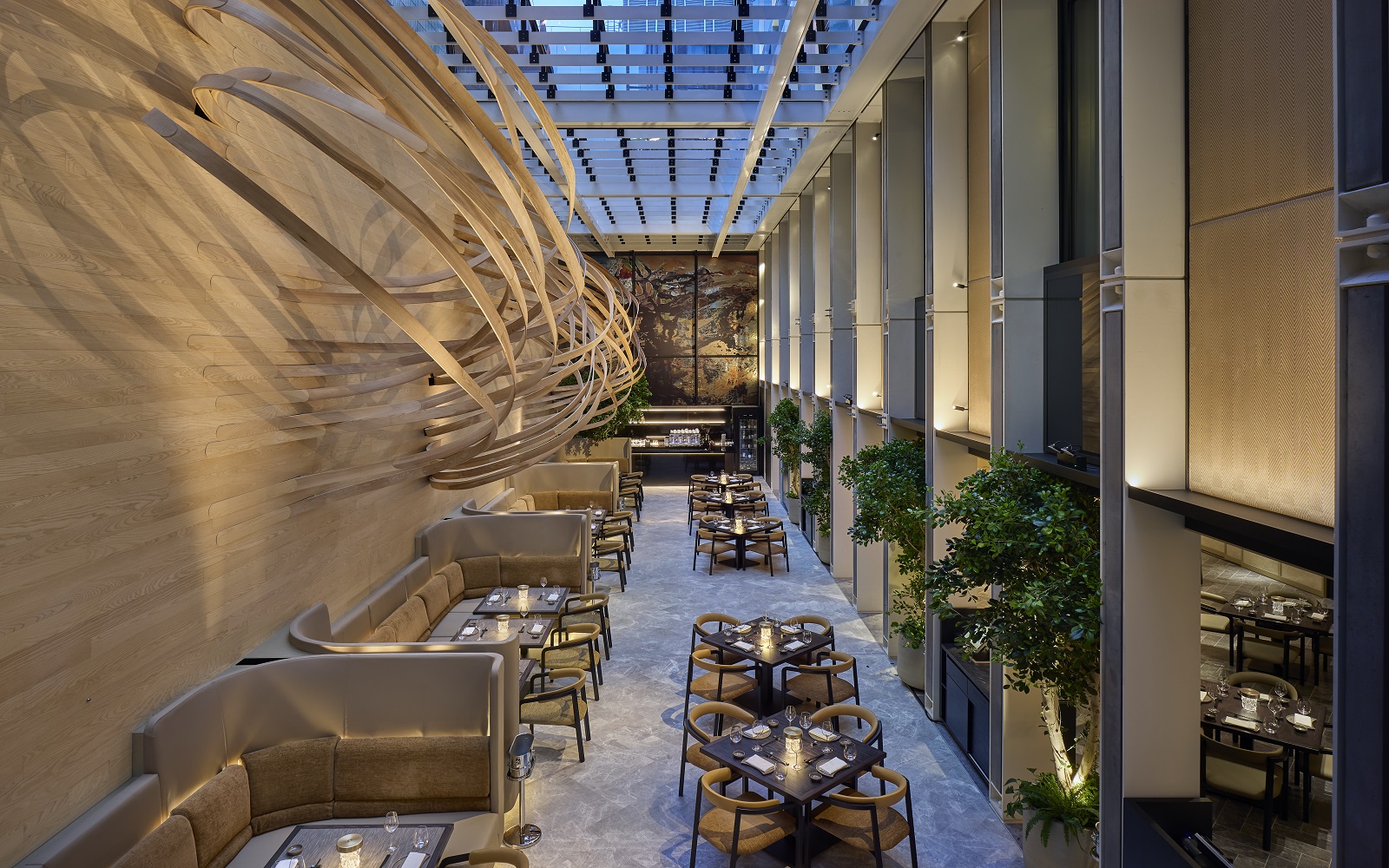
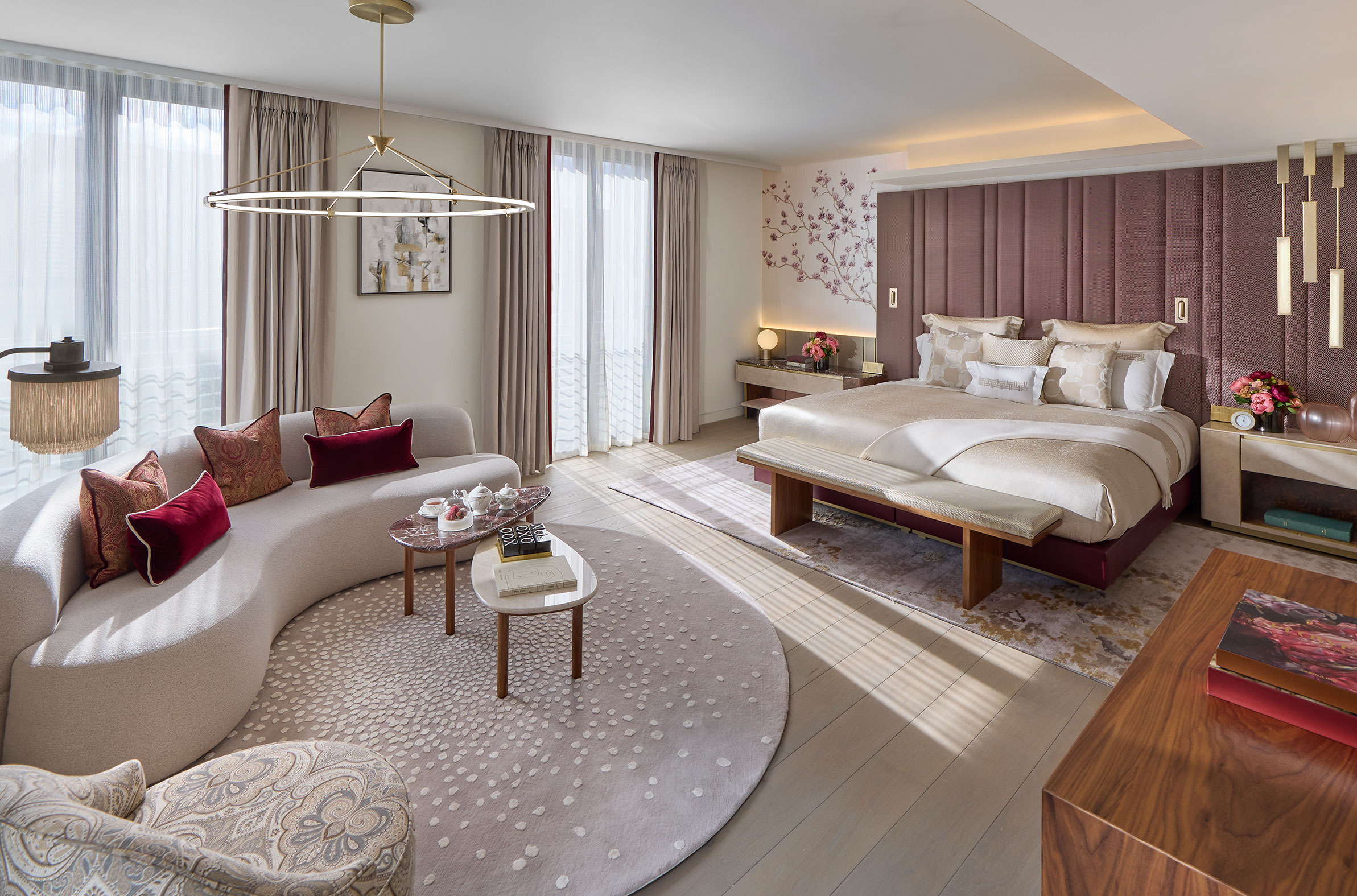



Overview & Innovation
Located at 22 Hanover Square, London W1S 1JP.
This hotel is a prime example of luxury redefining itself by meticulous craftsmanship and design. The project involved over 2,000 bespoke furniture items across rooms, spa, restaurants, front‑of‑house, created to align with the brand’s vision of combining Oriental elegance with London luxury. (Hotel Designs)
Materials were carefully selected (marbles, ornate woods, rich fabrics), sourced ethically and handmade in England. The design subtly blends heritage and modern luxury. (Hotel Designs)
Why it matters
- It shows that in the luxury hotel segment, design and craftsmanship are differential factors — it’s not just the brand name, but the execution of detail.
- It highlights the importance of sourcing and sustainability (handmade in country, ethical materials) even in high‑luxury settings.
- Also, this case emphasises that luxury hospitality is increasingly about experience and environment, not solely about location or service.
Lessons
- In luxury hospitality, every element (furniture, finishes, layout) contributes to brand perception; investing in bespoke rather than off‑the‑shelf helps stand out.
- Sustainability and ethics are no longer just “nice to have” in high‑end hotels—they can be part of the luxury story.
- For owners/operators: differentiating by design may justify higher rates and build brand cachet — but comes with higher upfront cost and longer ROI horizon.
Case Study 2: Corinthia London






Overview & Innovation
Located at Whitehall Place, London SW1A 2BD.
The hotel, originally opened in 1885 and relaunched by the Corinthia group, blends British heritage with modern luxury. (Marie Claire UK)
Stand‑out features:
- The “Crystal Moon Lounge” – a lavish afternoon tea venue under a chandelier of 1,001 Baccarat crystals. (Marie Claire UK)
- An expansive ESPA spa spread over four floors. (Marie Claire UK)
- A room rate entry point (~£765 per night) points to its positioning in the upper luxury segment. (Marie Claire UK)
Why it matters
- This hotel shows how luxury hospitality can marry heritage and modern offerings—heritage building + premium wellness/spa experience.
- The lounge example demonstrates how luxury hotels use iconic, experience‑driven amenities (Afternoon tea in a Baccarat‑crystal lounge) to differentiate.
- It also illustrates how pricing aligns with value perception: not just room + bed, but the entire “luxury experience”.
Lessons
- Luxury hotels benefit from creating signature experiences (like the lounge) that become part of the brand story and guest decision‑criteria.
- Heritage and location are strong foundations, but must be supported by ultra‑modern amenities (spa, dining, wellness) to compete in today’s luxury market.
- Premium rate positioning requires premium guest experience—skimping on the amenities undermines luxury credentials.
Case Study 3: One Aldwych



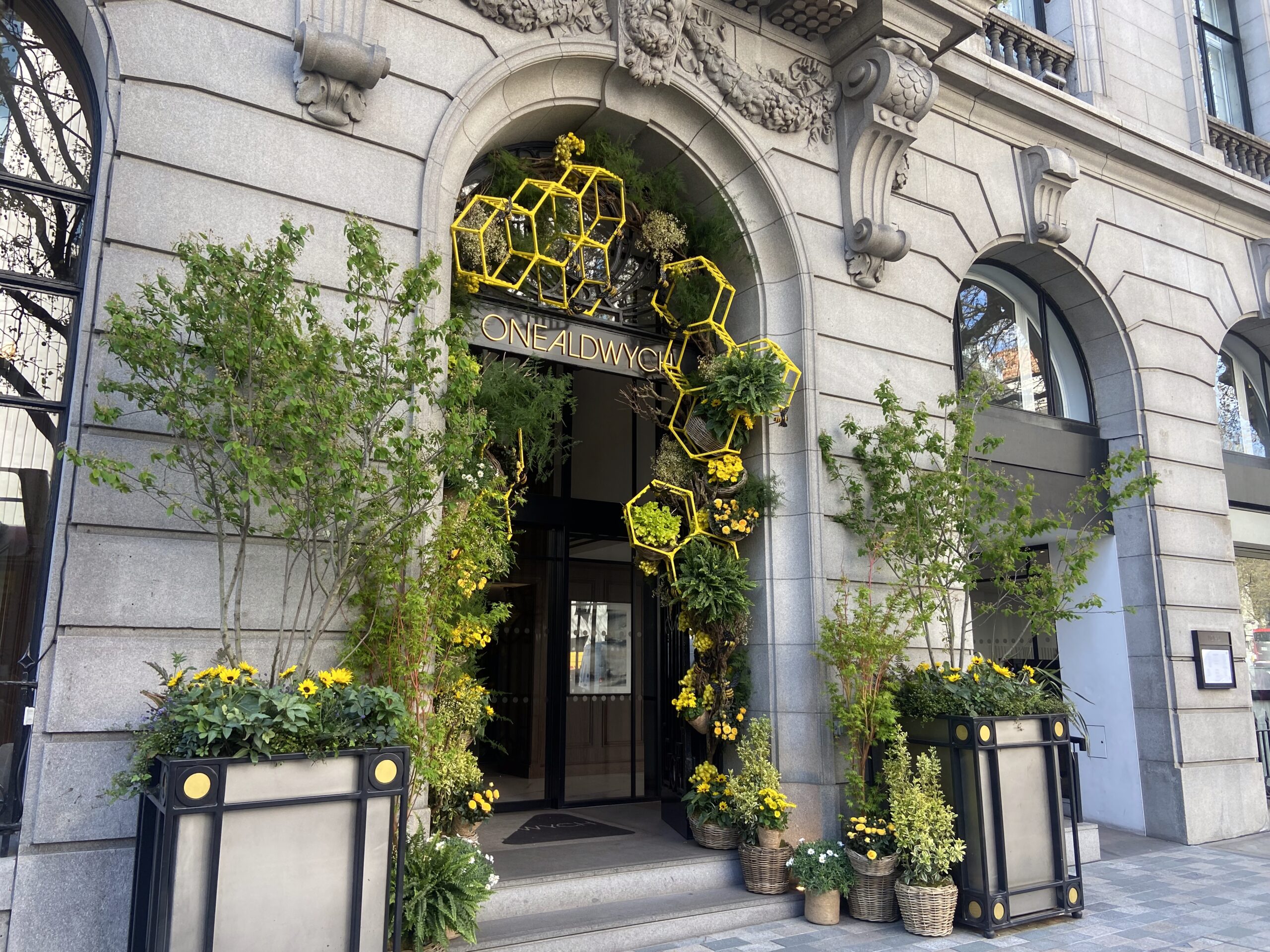


Overview & Innovation
Located in Covent Garden, this independent luxury hotel stands out for its sustainability approach within the high‑end market. (Architonic)
Key initiatives:
- A “Conserve” system to monitor energy/water usage per room. (Architonic)
- 90% of suppliers sourced locally in the UK, demonstrating commitment to reducing supply‑chain footprint. (Architonic)
- Balance between opulent luxury and sustainability—demonstrating that high‑end hospitality need not sacrifice environmental responsibility.
Why it matters
- This is important because guest expectations in luxury are evolving: luxury no longer means “excess” but “responsible indulgence”.
- Luxury hotels that embed sustainability into operations (not just marketing) gain credibility and can appeal to affluent travellers with ethics.
- Technology and monitoring systems (for energy, occupancy) are integral to operations, even in luxury settings.
Lessons
- Sustainability can be a differentiator in luxury hospitality—done well, it adds value rather than being a cost burden.
- Operational data (energy usage, room occupancy) becomes part of the luxury service equation: fewer complaints, better efficiency, better guest comfort.
- Independent luxury hotels can compete with big brands by focusing on values (sustainability, locality) that resonate with high‑end travellers.
Overall Comments & Industry Insights
- Luxury hotel competition in London is intensifying. Sources note that the luxury hotel market in London is “getting tougher” with many new openings and increasing room supply. (The Times)
- Simply being “luxury” is not enough—hotels must craft unique differentiators (design story, sustainability, technology, signature amenities) to stand out.
- Guest expectations in luxury are shifting: more experience‑led (wellness, design, sustainability), more personalised, more responsible.
- For owners/operators: investing in luxury doesn’t guarantee return unless the value proposition (brand + service + experience) is clear and communicated.
- For marketers: luxury hotels must tell stories (design narrative, heritage, sustainability) not just list amenities. The case of the lighting narrative at Nobu Hotel London Portman Square shows how design storytelling is part of luxury brand positioning. (Hotel Designs)



